A beautifully landscaped yard can transform your home into an oasis of tranquility, making your outdoor space as inviting as the interior. Among the most powerful elements of landscape design are trees, which provide shade, beauty, and privacy. With so many options available, it can be overwhelming to choose the right tree for your space. Fortunately, there are endless creative ways to incorporate trees into your landscaping that suit any style, from lush, tropical gardens to minimalist, modern designs. Whether you’re aiming to boost curb appeal, create a peaceful retreat, or enhance your environmental footprint, these 25 tree landscaping ideas will inspire you to make the most of your outdoor space.
1. Shade Trees for Comfortable Patios
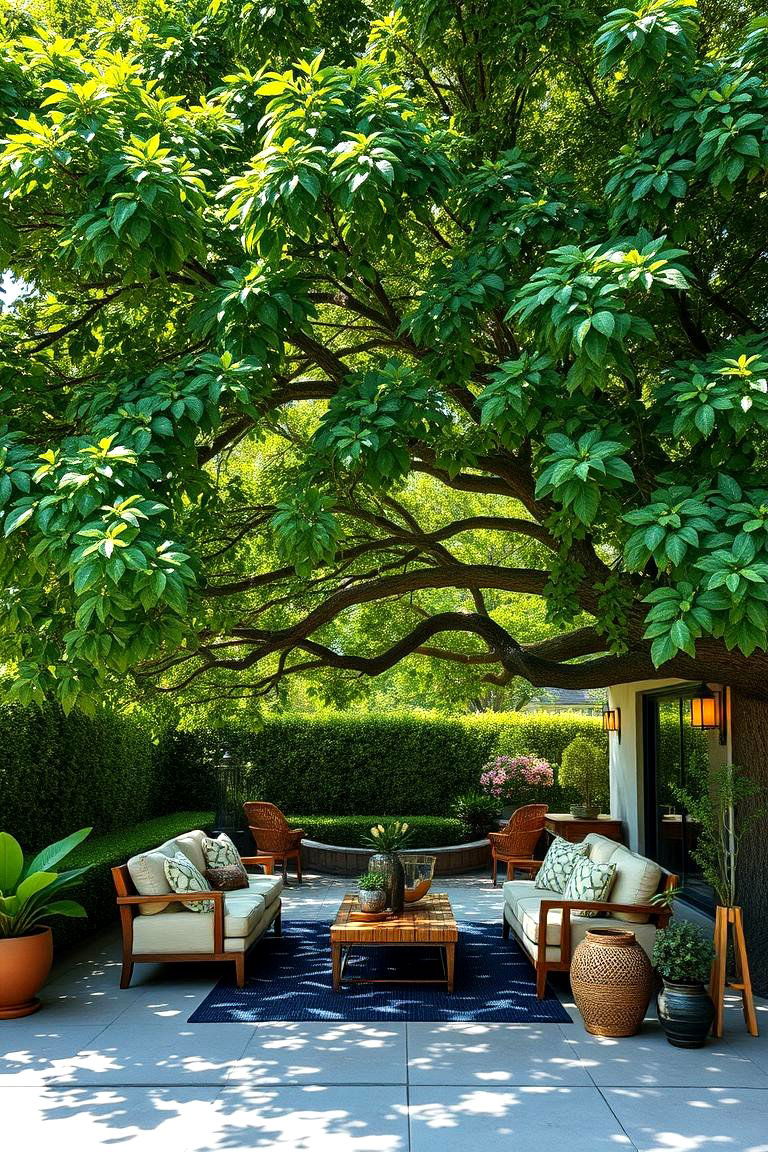
Trees that provide ample shade can make your patio feel like an extension of your living room. Large, leafy trees, such as maples or oaks, are perfect for creating a cool and inviting environment during hot summer months. These trees can shield your patio from the harsh rays of the sun, offering a comfortable place to relax or entertain guests. For even more benefits, consider placing the tree near your patio to create natural privacy screens, allowing you to enjoy time outdoors without being exposed to prying eyes.
2. Flowering Trees to Add Color
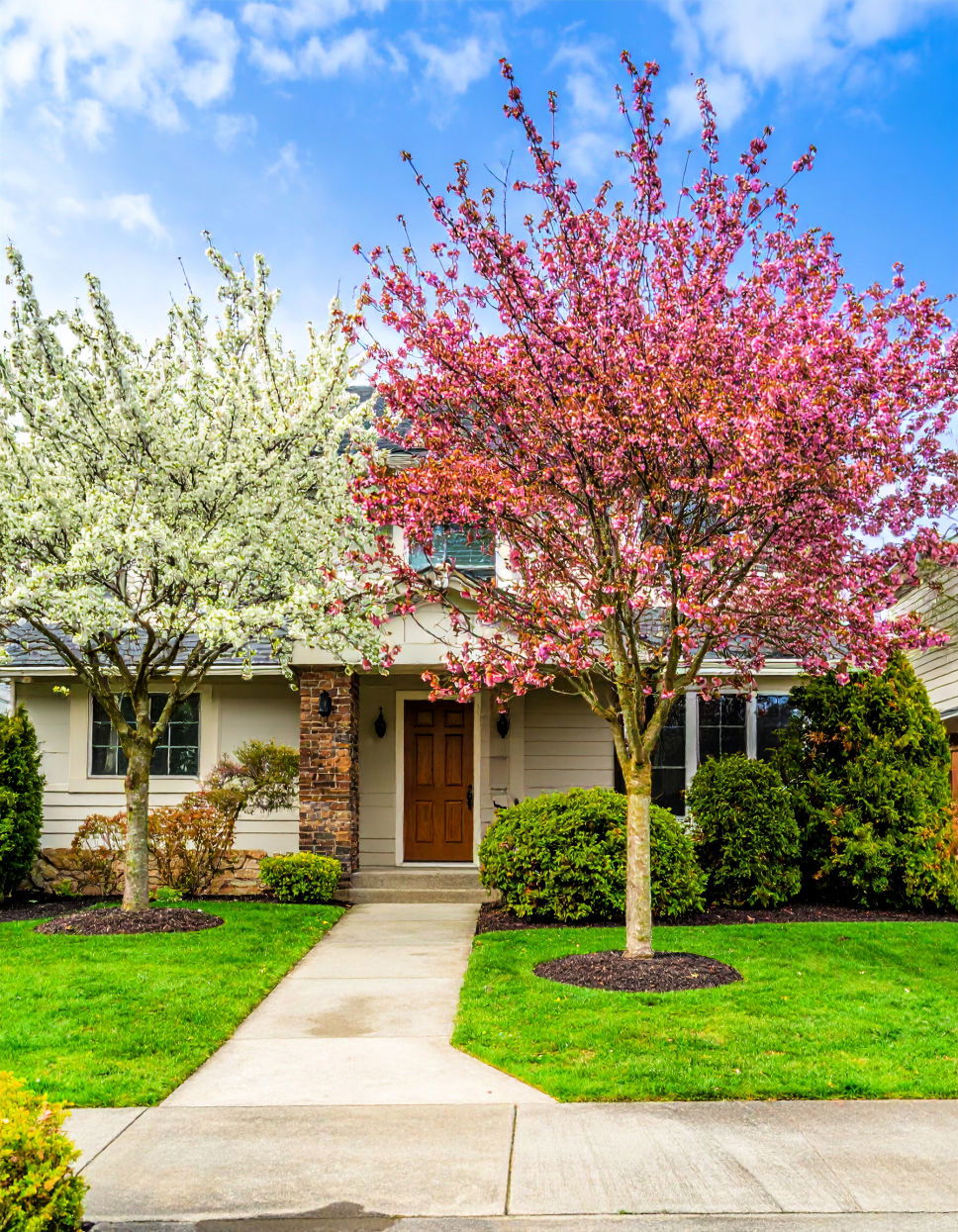
A splash of color can instantly brighten up your landscape, and flowering trees are a perfect way to achieve this. Trees like cherry blossoms, magnolias, and dogwoods bring vibrant colors in spring and early summer, adding visual interest to your yard. Not only do these trees provide a seasonal burst of beauty, but they also attract pollinators like bees and butterflies, which can further enhance the health of your garden. Plant them near walkways or windows to enjoy their stunning blooms up close.
3. Evergreen Trees for Year-Round Beauty
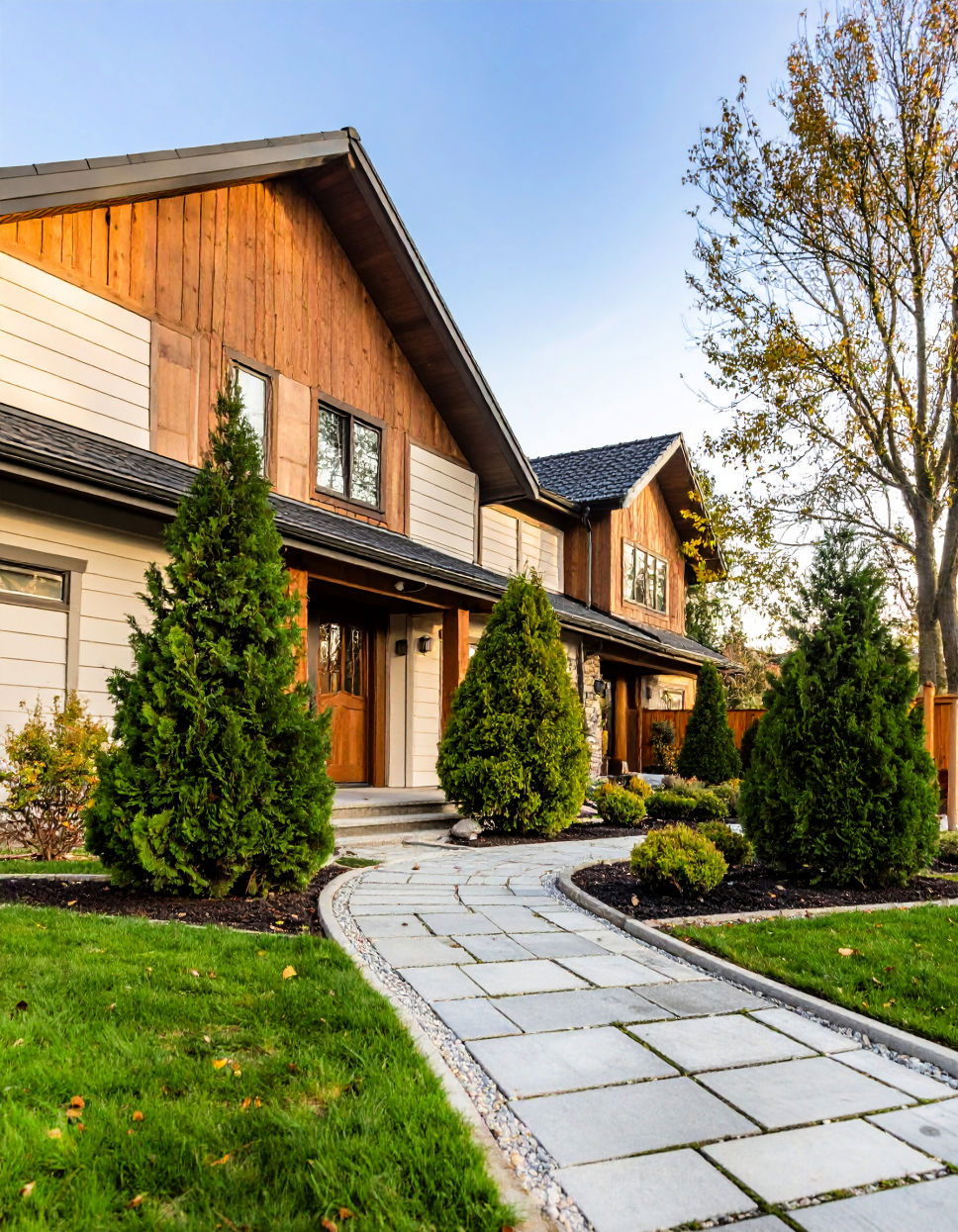
If you want to enjoy greenery all year round, consider planting evergreen trees. These trees, such as pines, spruces, and firs, maintain their foliage throughout every season, ensuring that your landscape looks vibrant even in winter. Evergreens provide great structure to your yard, making them an ideal choice for creating borders, windbreaks, or privacy screens. Their timeless beauty and ability to thrive in a variety of climates make them a practical choice for any landscaping project.
4. Trees for Small Spaces
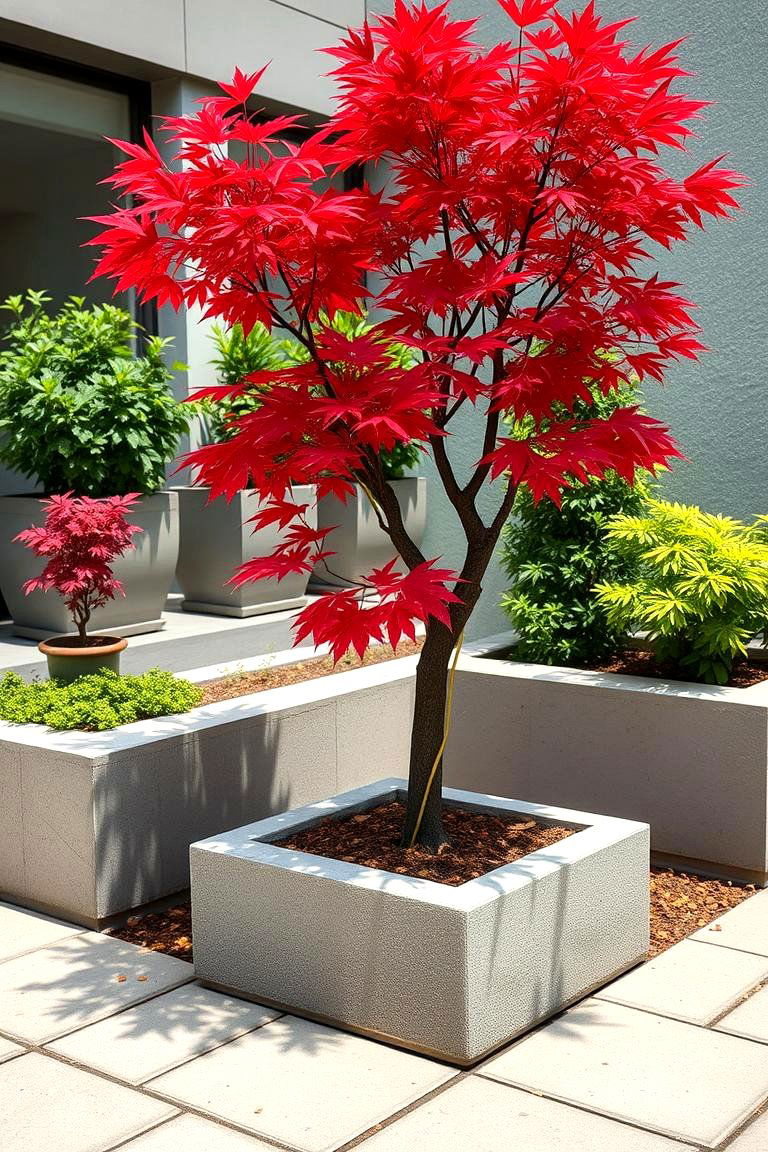
Not every yard has the luxury of expansive space, but that doesn’t mean you have to sacrifice the beauty and benefits of trees. For smaller yards or city gardens, look for trees that stay compact while still offering shade and style. Dwarf varieties of popular trees, such as Japanese maples or serviceberries, are perfect for tight spaces. These trees offer the same visual appeal as their full-sized counterparts, without overwhelming your yard.
5. Fruit Trees for Fresh Produce
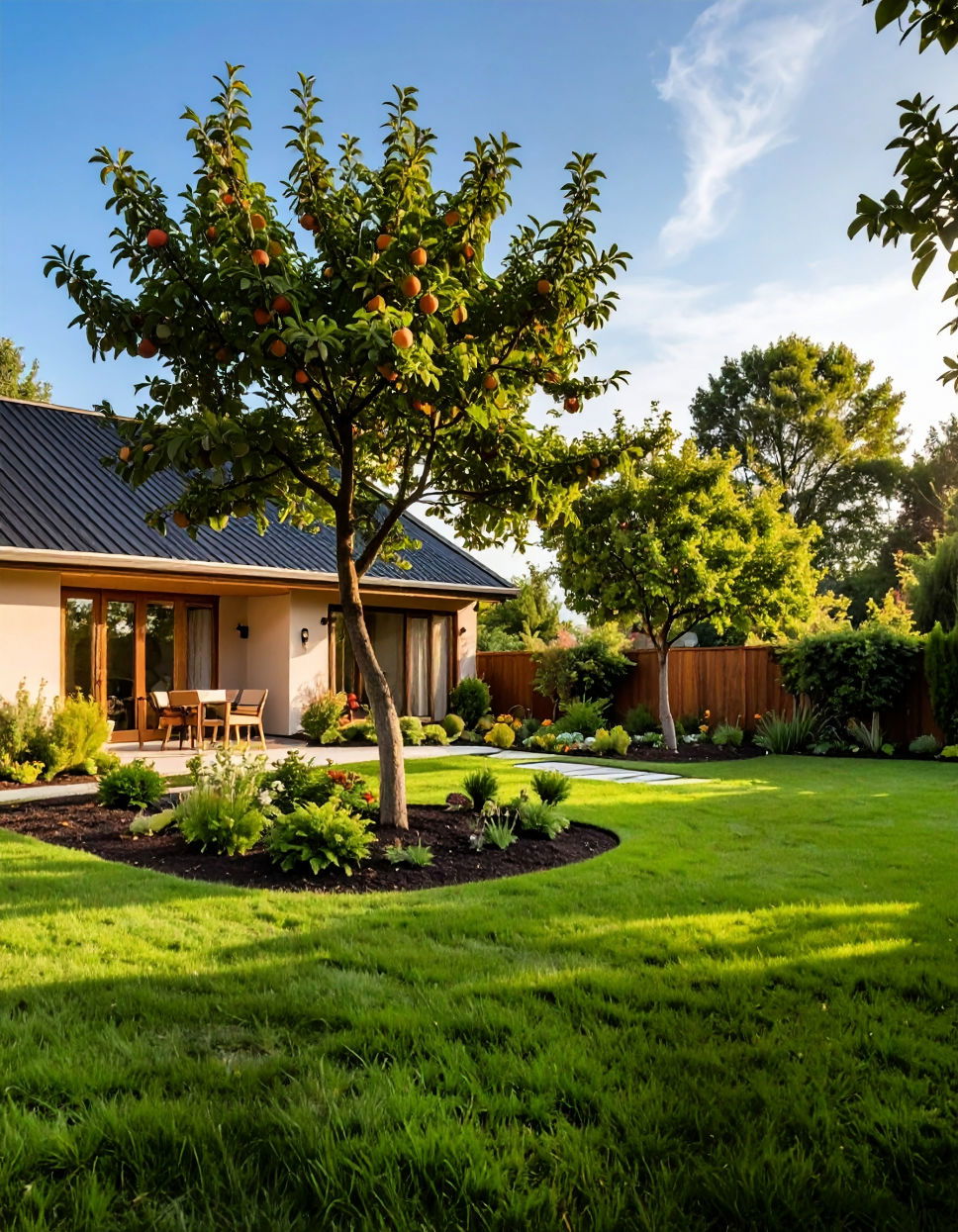
Planting fruit trees in your landscape can be a rewarding experience, providing you with fresh produce while enhancing the beauty of your yard. Apple, peach, and citrus trees can thrive in many regions, adding a functional element to your garden. Not only will you enjoy the sweet rewards of homegrown fruit, but these trees also produce fragrant blossoms that attract bees and butterflies, enriching the biodiversity of your outdoor space. Just be sure to plant them in a location with plenty of sunlight and well-drained soil.
6. Vertical Trees for Tight Spots
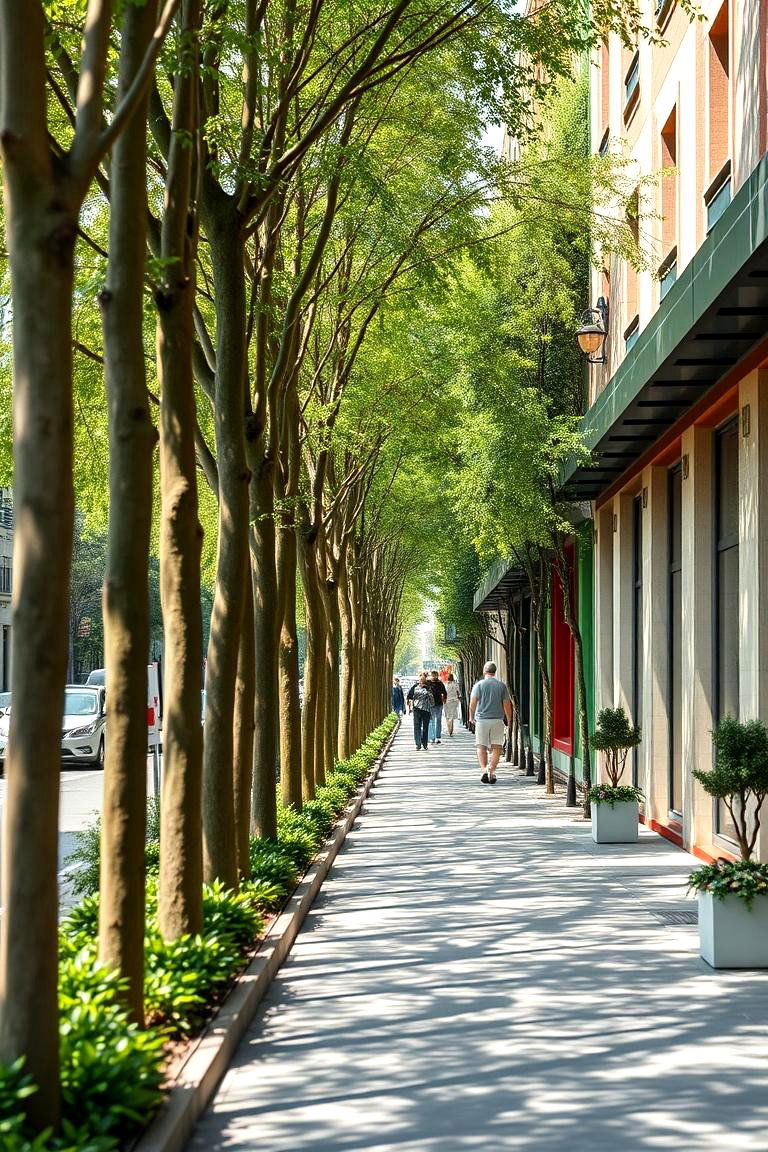
When horizontal space is limited, vertical trees are an excellent solution. These tall, narrow trees, such as columnar oaks or poplars, can be planted in areas where wider trees would not fit, such as along fences or narrow walkways. They provide the same benefits of shade and beauty, without taking up too much room. Vertical trees are especially useful in urban gardens, where space is at a premium and every inch matters.
7. Trees for Privacy Fences
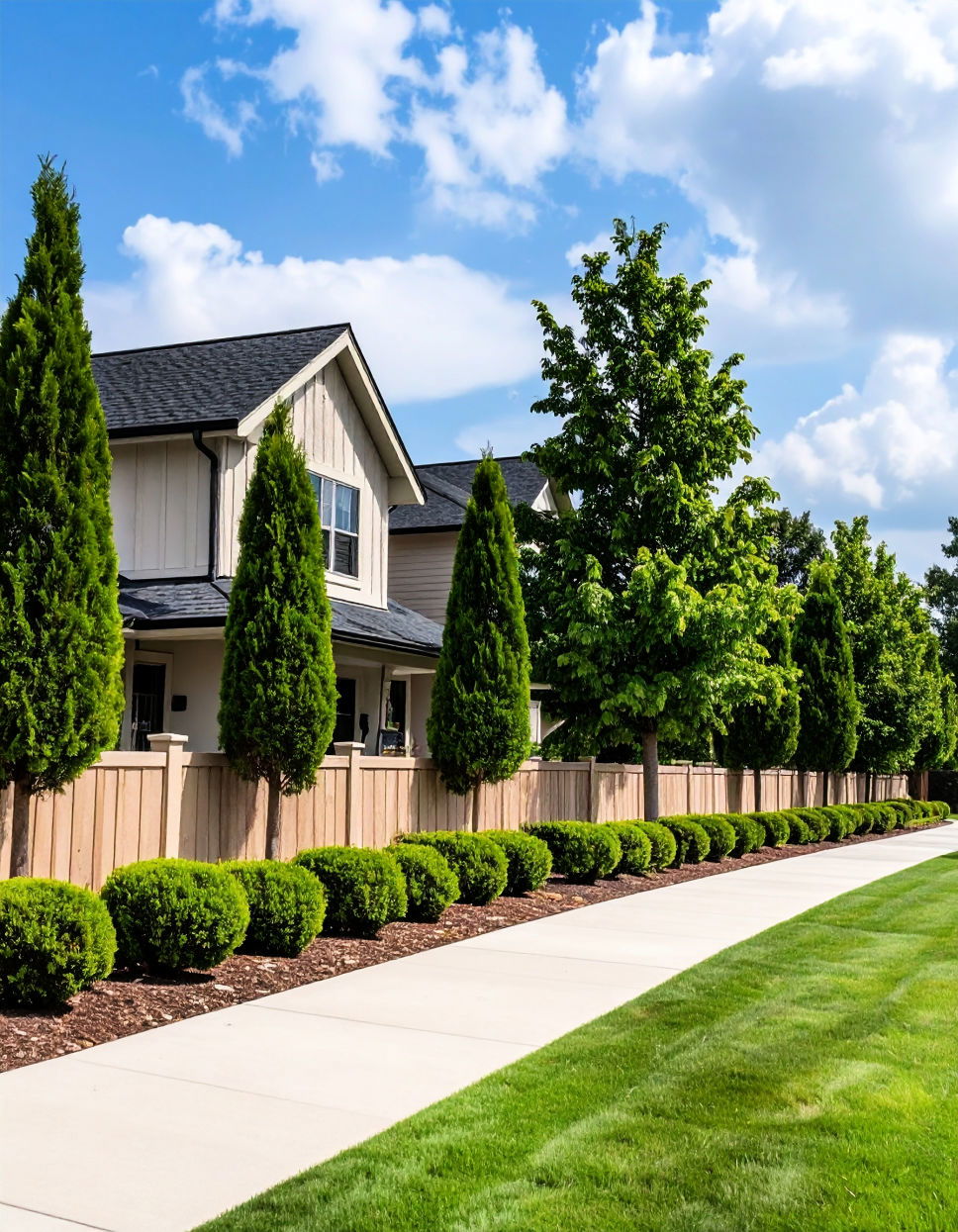
If you’re seeking to create a more private outdoor space, trees can work wonders as a natural privacy fence. Tall, fast-growing trees like Leyland cypress or arborvitae can form dense, evergreen barriers that shield your yard from neighbors and street traffic. These trees grow quickly, providing instant privacy and security. Consider planting them along your property line for an eco-friendly alternative to traditional fences.
8. Ornamental Trees for Decorative Touches
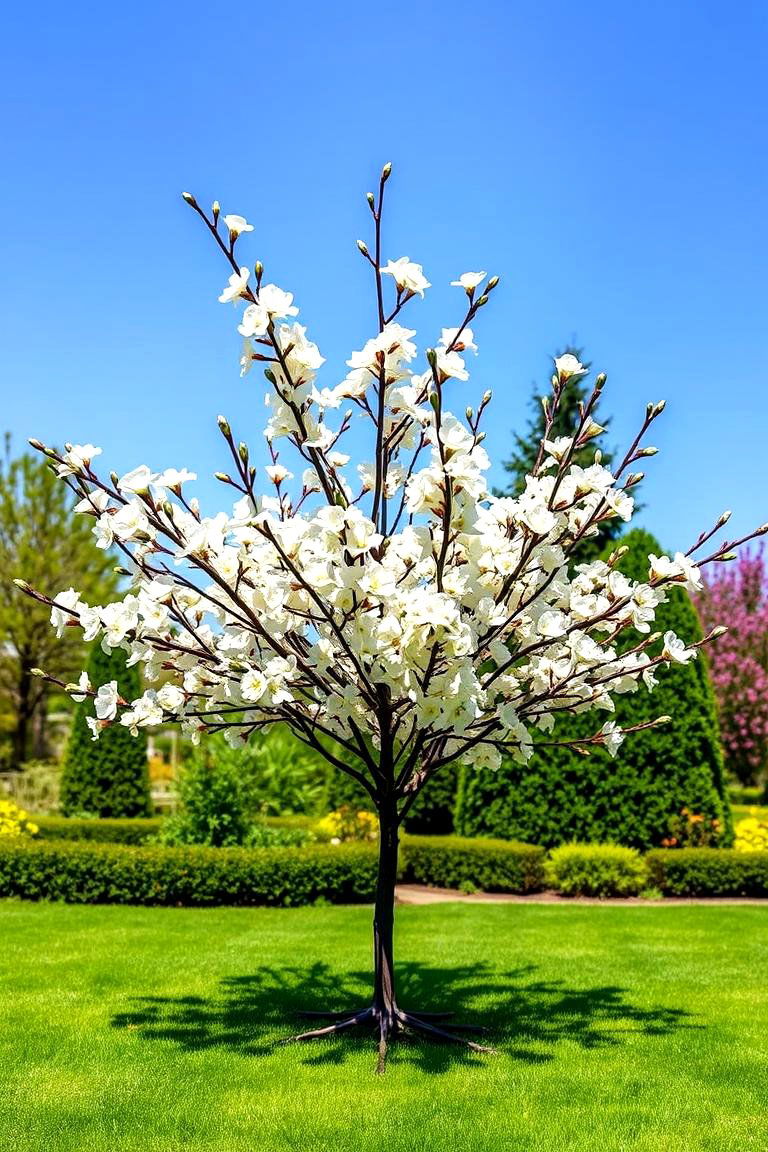
For an elegant and unique addition to your landscape, ornamental trees can be a perfect choice. Trees like the Japanese maple or the flowering pear are prized for their stunning appearance. Whether it’s the vibrant red leaves of the maple or the delicate white flowers of the pear, these trees can serve as statement pieces in your garden. Use them to frame entrances, highlight key focal points, or add a sense of whimsy to your yard.
9. Trees for Wildlife Habitats
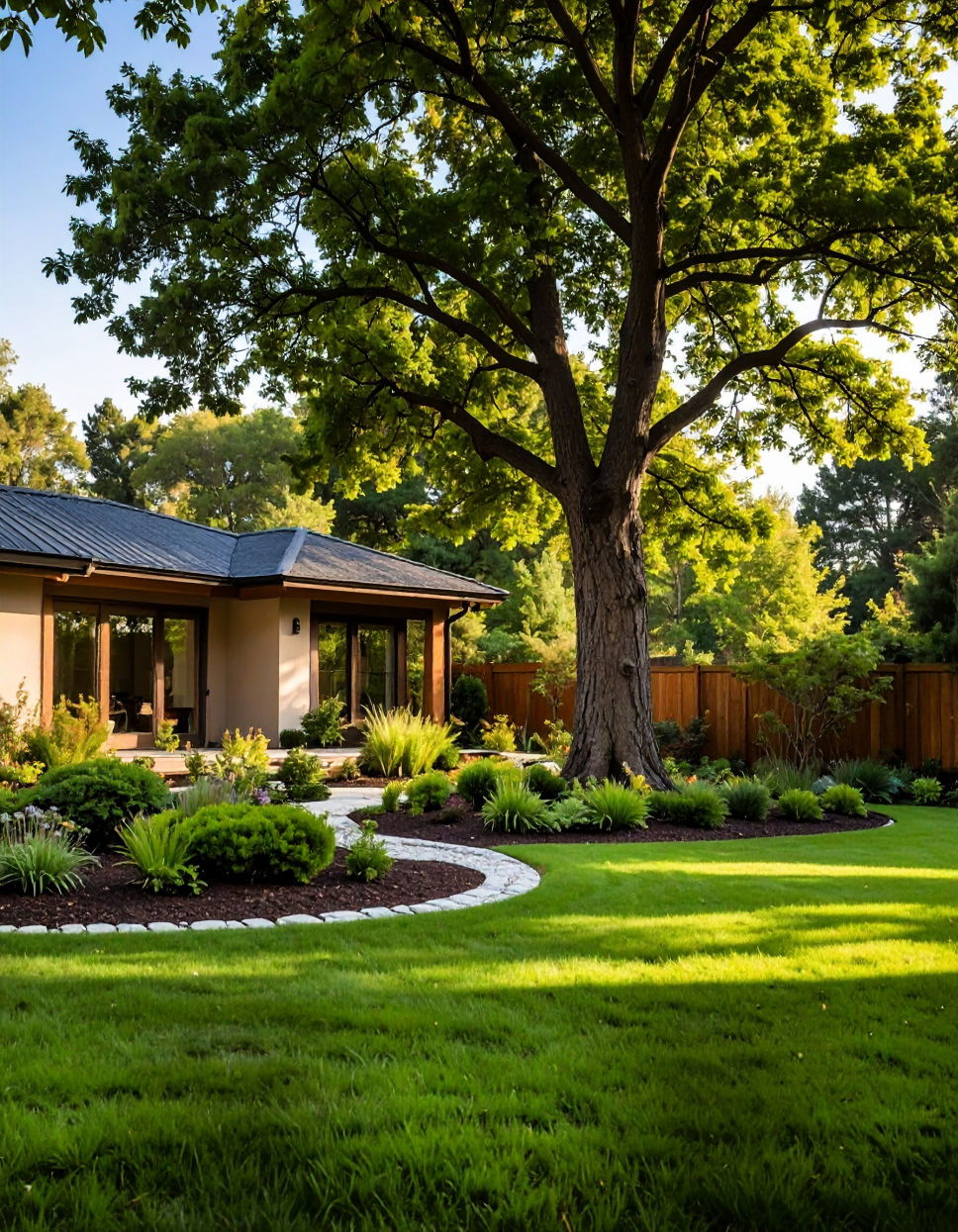
Incorporating trees into your landscape is a fantastic way to attract local wildlife. Certain trees, such as oaks and pines, provide food, shelter, and nesting sites for birds, squirrels, and other creatures. By planting trees that support biodiversity, you’re creating a more vibrant and sustainable environment. Consider adding a variety of trees, both evergreen and deciduous, to cater to different species throughout the year.
10. Trees for Low-Maintenance Yards
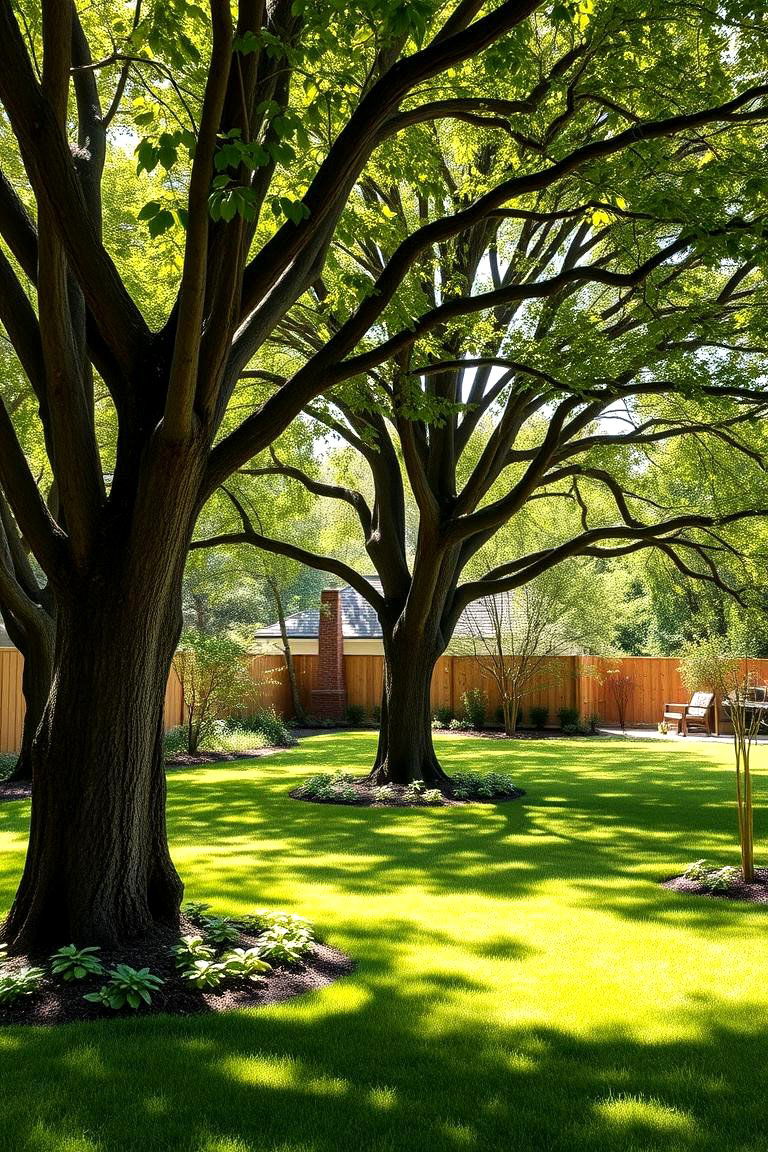
For those who prefer minimal upkeep, low-maintenance trees are a wise choice. Trees like the black walnut or the silver maple require little attention once established and can thrive with minimal watering or pruning. These trees are hardy and resilient, making them perfect for busy homeowners or those new to landscaping. Focus on native species, which are well-suited to local conditions and require less water and fertilizer.
11. Mediterranean Trees for Warm Climates
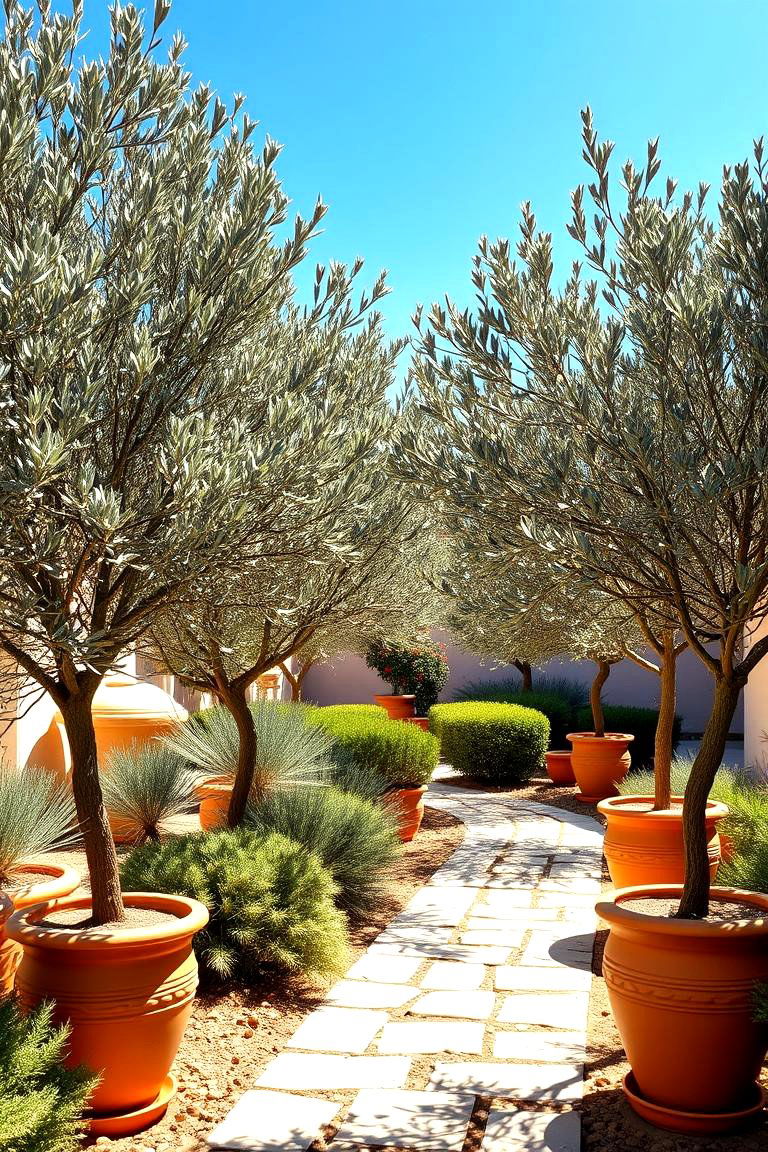
For homeowners living in warm, dry climates, Mediterranean trees offer the perfect solution. Olive trees, cypress, and fig trees are not only drought-tolerant, but their unique appearance also brings a touch of the Mediterranean to your garden. These trees thrive in well-drained soil and plenty of sunlight, making them a perfect choice for creating a relaxed, sun-soaked backyard. They’re also a fantastic way to conserve water while adding beauty to your landscape.
12. Trees for Urban Environments
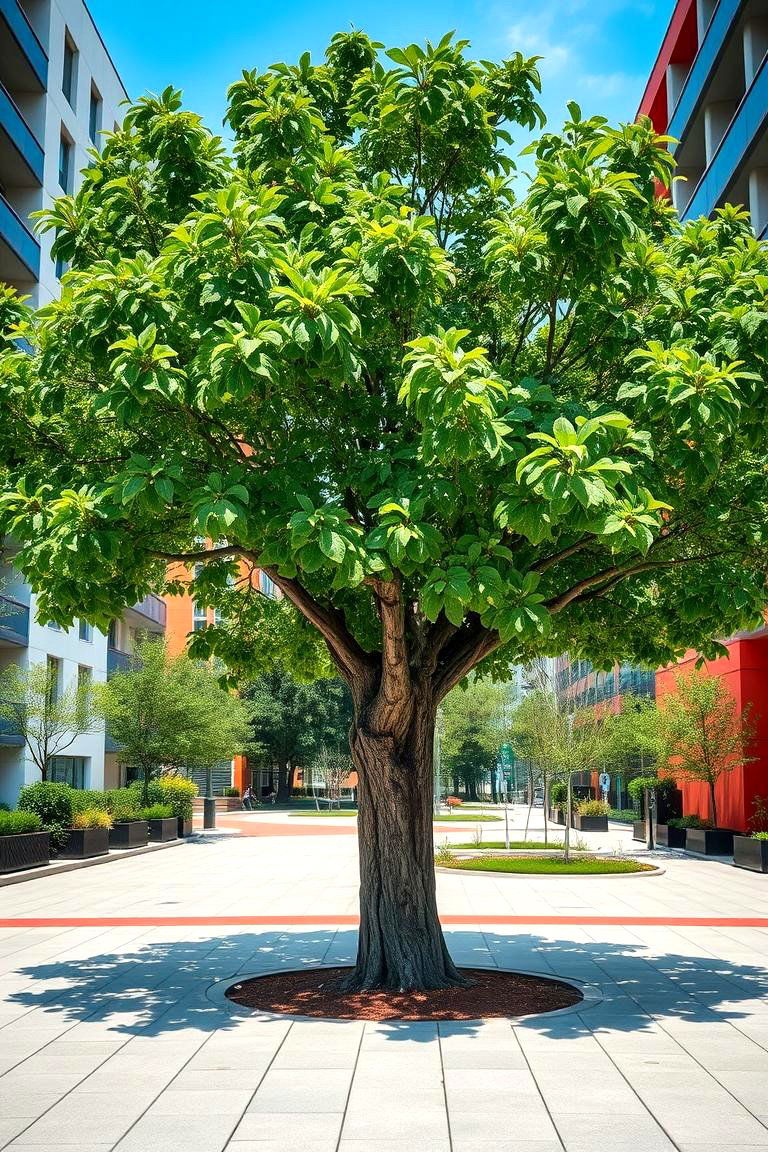
Living in a city doesn’t mean you have to give up on trees in your landscaping. Urban environments can benefit from hardy trees that adapt well to pollution and compact soil. Trees like the London plane tree, which can thrive in busy streets, or the ginkgo, known for its resilience, make excellent choices. These trees are ideal for city parks, small yards, and streetscapes, where space is limited but greenery is essential.
13. Trees with Fall Foliage
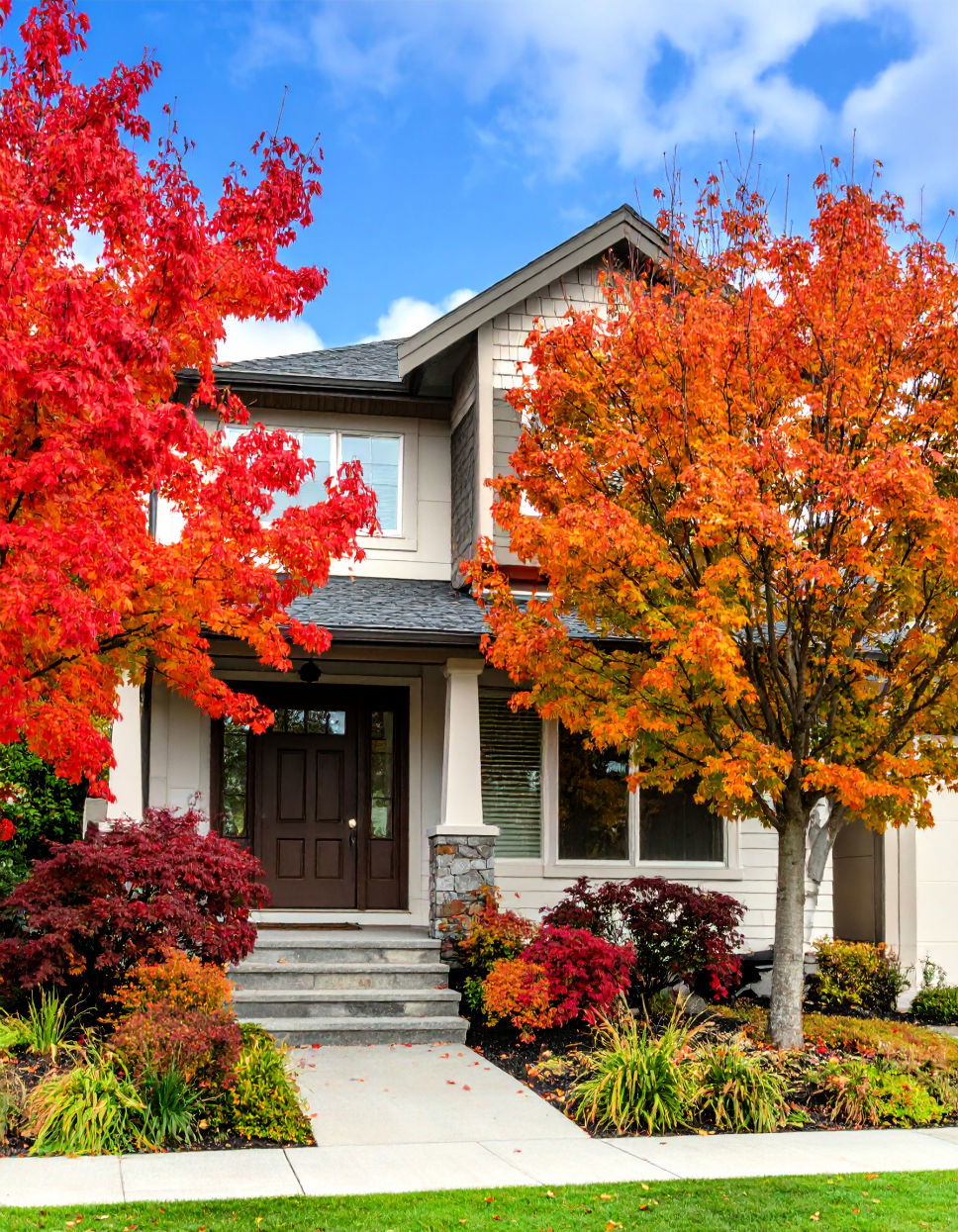
If you love the changing colors of fall, selecting trees known for their vibrant autumn hues will be a rewarding choice. Trees like sugar maples and red oaks are famous for their stunning red, orange, and gold leaves in the fall. These trees create a dramatic shift in your landscape, providing seasonal interest and beauty. Plant them near walkways or seating areas to enjoy the autumn colors up close.
14. Shade Trees for Walkways
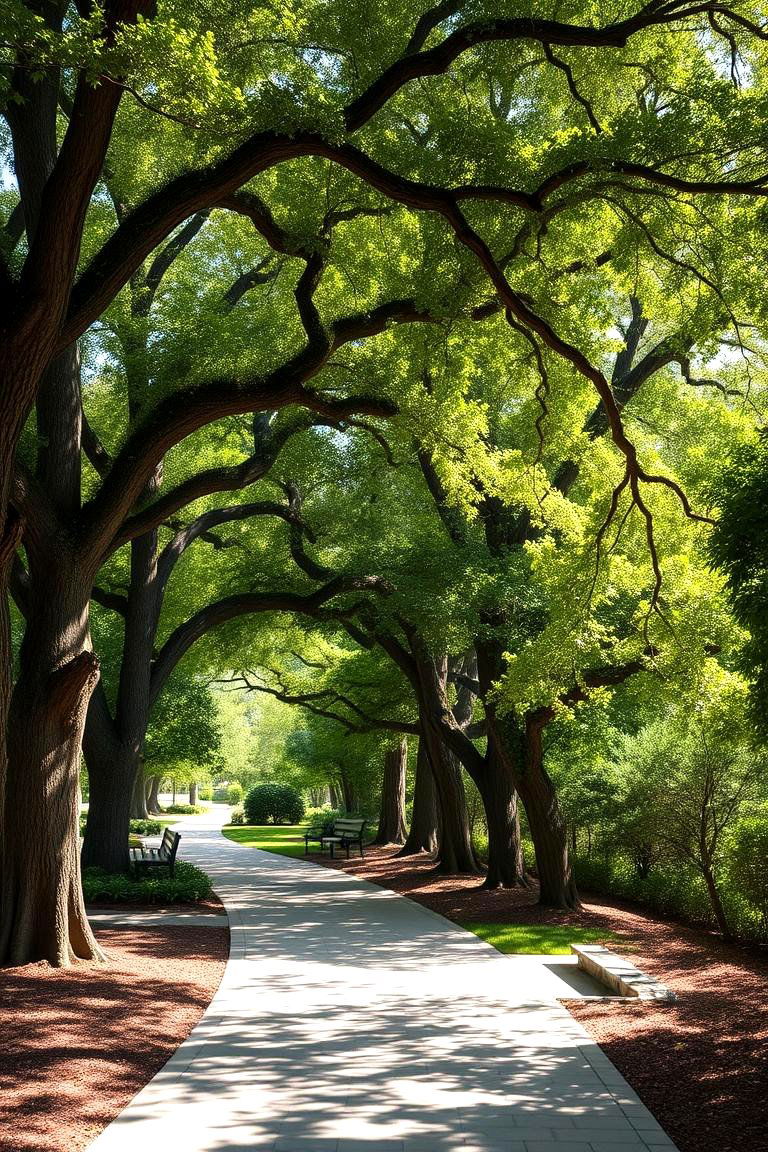
Trees that provide shade along walkways can make your outdoor paths more inviting and comfortable. Planting trees such as sycamores or red maples along the edges of walkways will offer protection from the sun while providing visual interest. These trees create a shaded canopy, ideal for summer strolls, and help cool down the surrounding area. With their beauty and practical benefits, shaded walkways become a favorite feature in any garden.
15. Trees with Fragrant Flowers
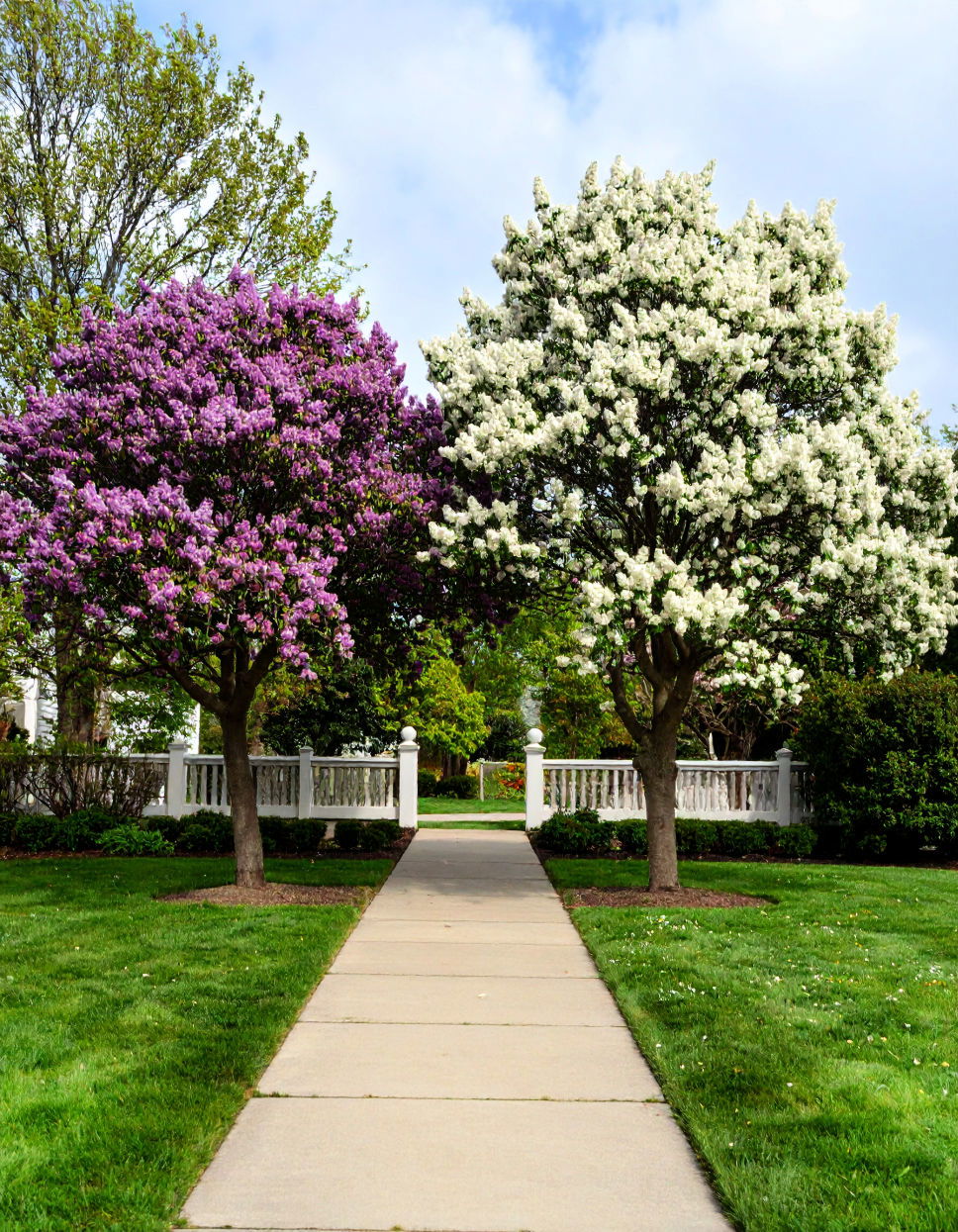
Imagine walking through your garden and being greeted by the soothing scent of flowers in the air. Trees like lilacs, magnolias, and jasmine are known for their fragrant blossoms, which can enhance the sensory experience of your garden. Whether planted near entryways, patios, or seating areas, these trees will fill the air with delightful scents, making your outdoor space more enjoyable and inviting.
16. Native Trees for Sustainability
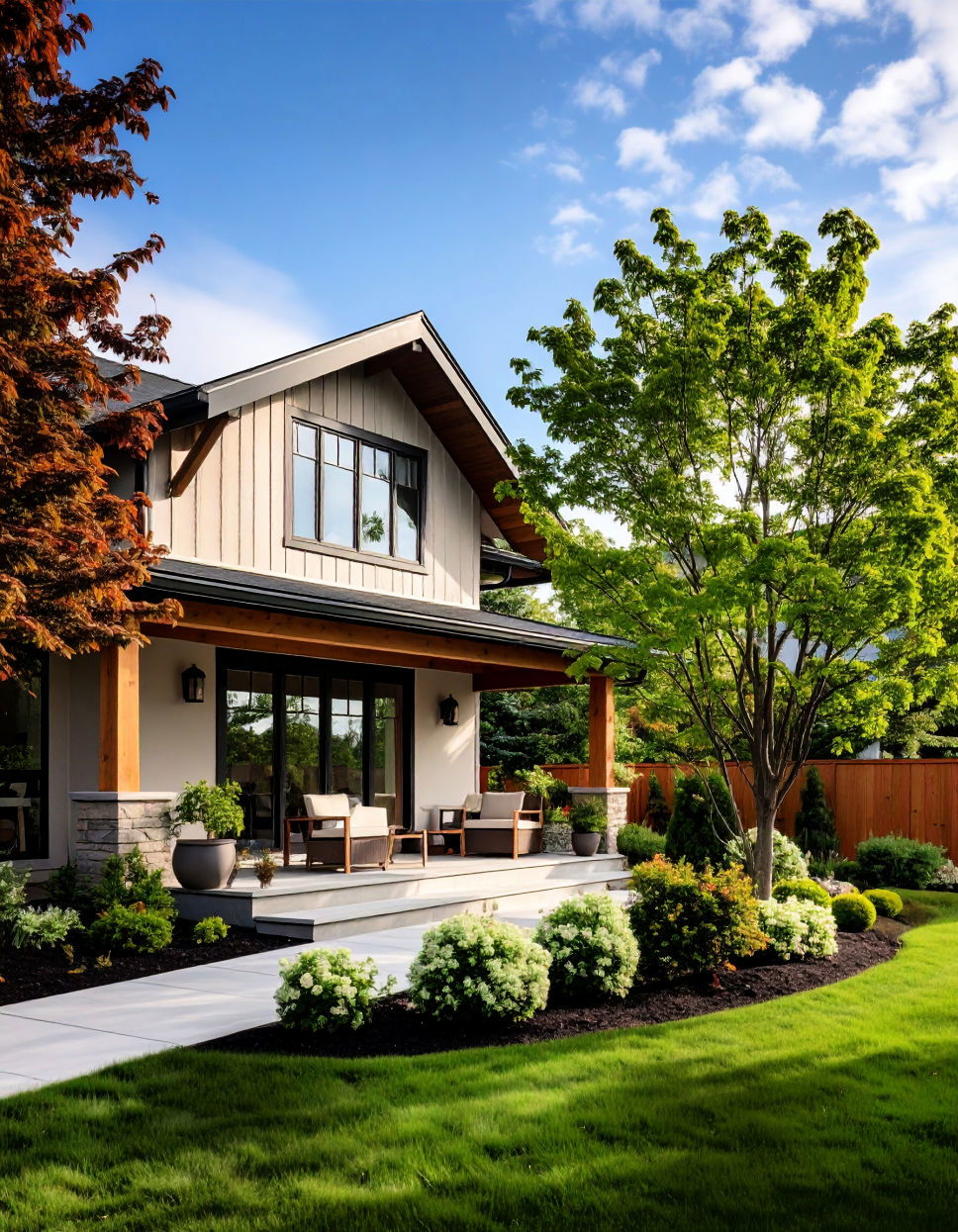
Opting for native trees is a great way to promote sustainability in your landscaping. Native species are adapted to local climates and require less water, fertilizer, and maintenance compared to non-native varieties. Additionally, native trees support local wildlife and ecosystems, contributing to biodiversity. Whether it’s a dogwood or a white oak, choosing native trees ensures that your landscape thrives while supporting the environment.
17. Trees for Stormwater Management
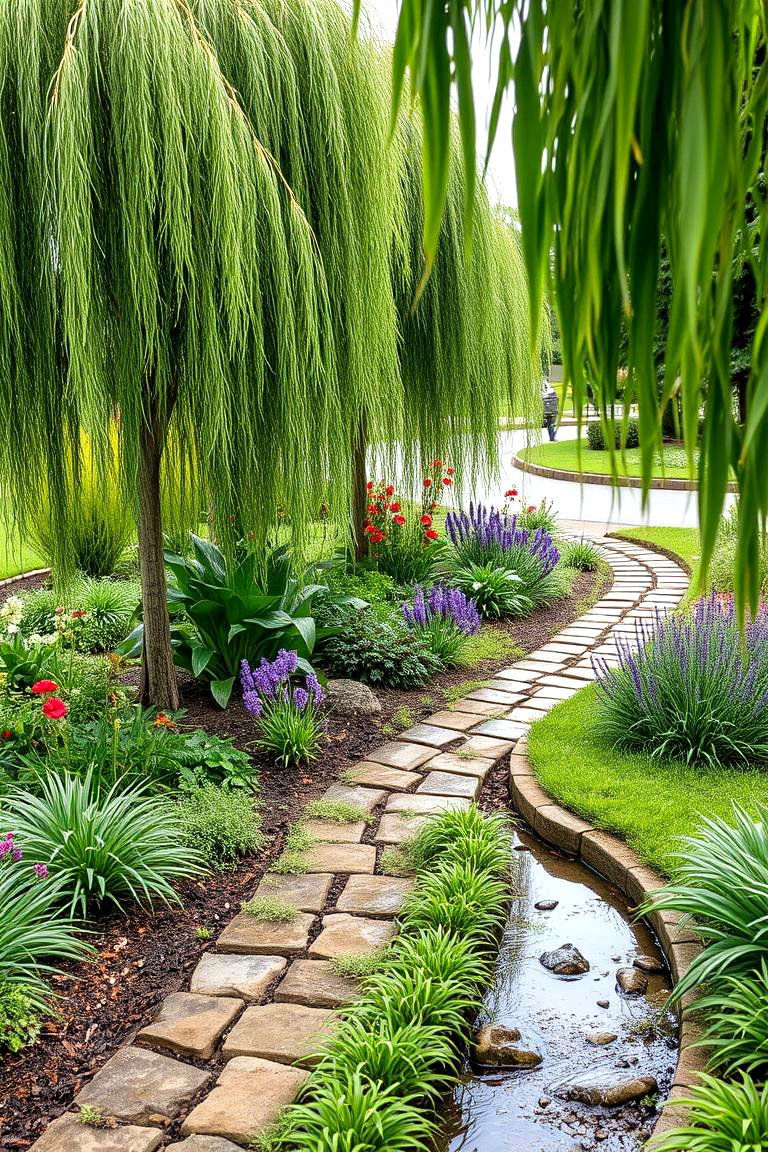
Trees play an important role in stormwater management by reducing runoff and helping to absorb rainwater. Tree species with deep, extensive root systems, such as willows or cottonwoods, can be planted in areas prone to flooding or heavy rainfall. These trees can help prevent soil erosion, filter water, and improve the overall health of your yard. Planting trees near water bodies or low-lying areas can mitigate the effects of storms while benefiting the local ecosystem.
18. Minimalist Trees for Modern Designs
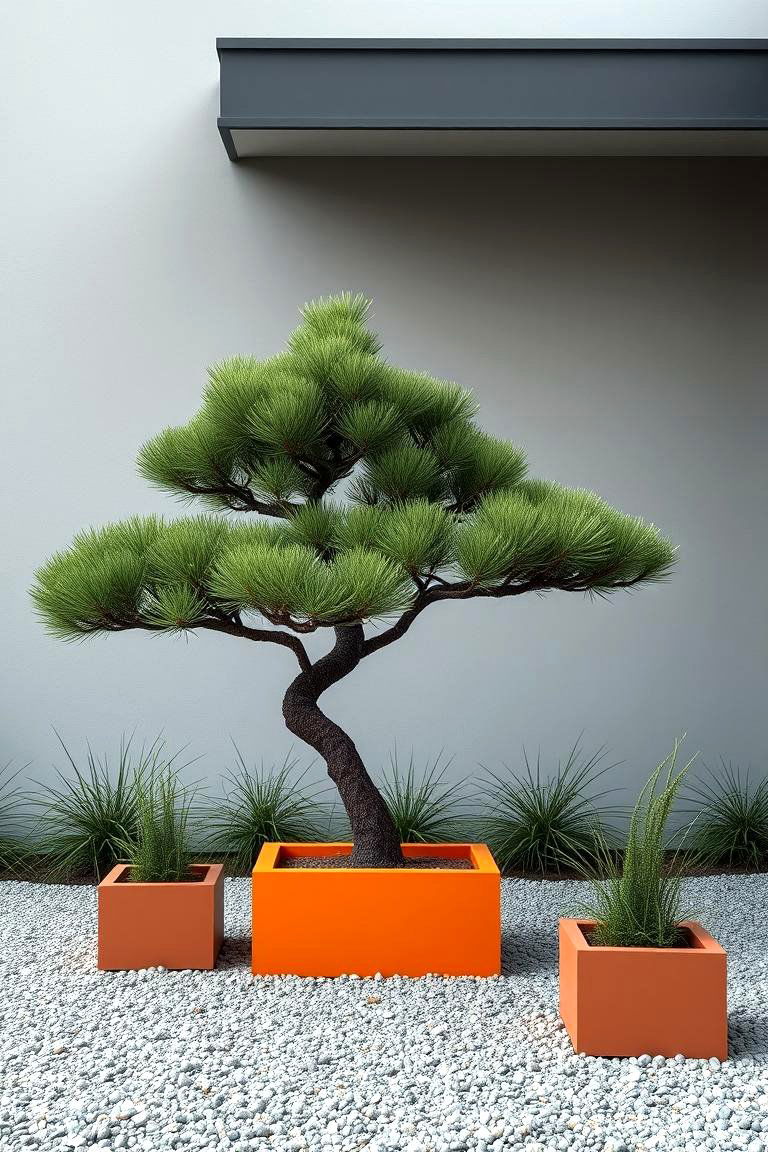
For those seeking a sleek, contemporary look, minimalist trees offer the perfect solution. Trees such as the Japanese black pine or the desert willow feature clean lines and a simple, refined aesthetic that works well with modern landscape designs. These trees can be used as focal points or placed in geometric patterns to complement minimalist architecture. Their understated beauty is perfect for creating a calm, sophisticated environment.
19. Trees for Courtyards
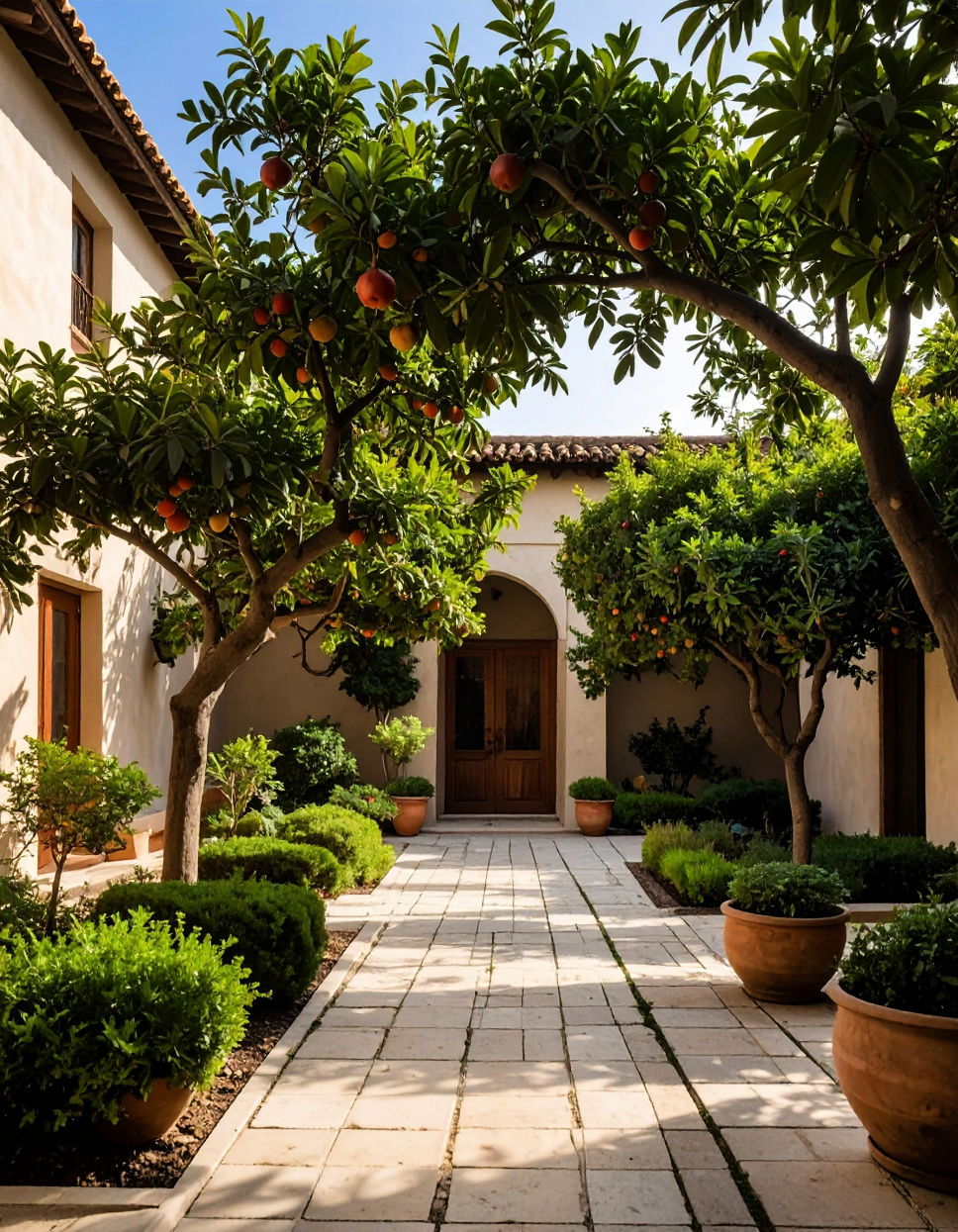
Courtyards can be transformed into peaceful retreats with the right selection of trees. Small to medium-sized trees, such as pomegranates or fig trees, thrive in courtyards, offering both beauty and a sense of privacy. These trees can be used to create shade, add greenery, and provide a quiet place to relax. For smaller courtyards, opt for trees that stay compact but still provide the benefits of nature in your own backyard sanctuary.
20. Trees for Multi-Season Interest
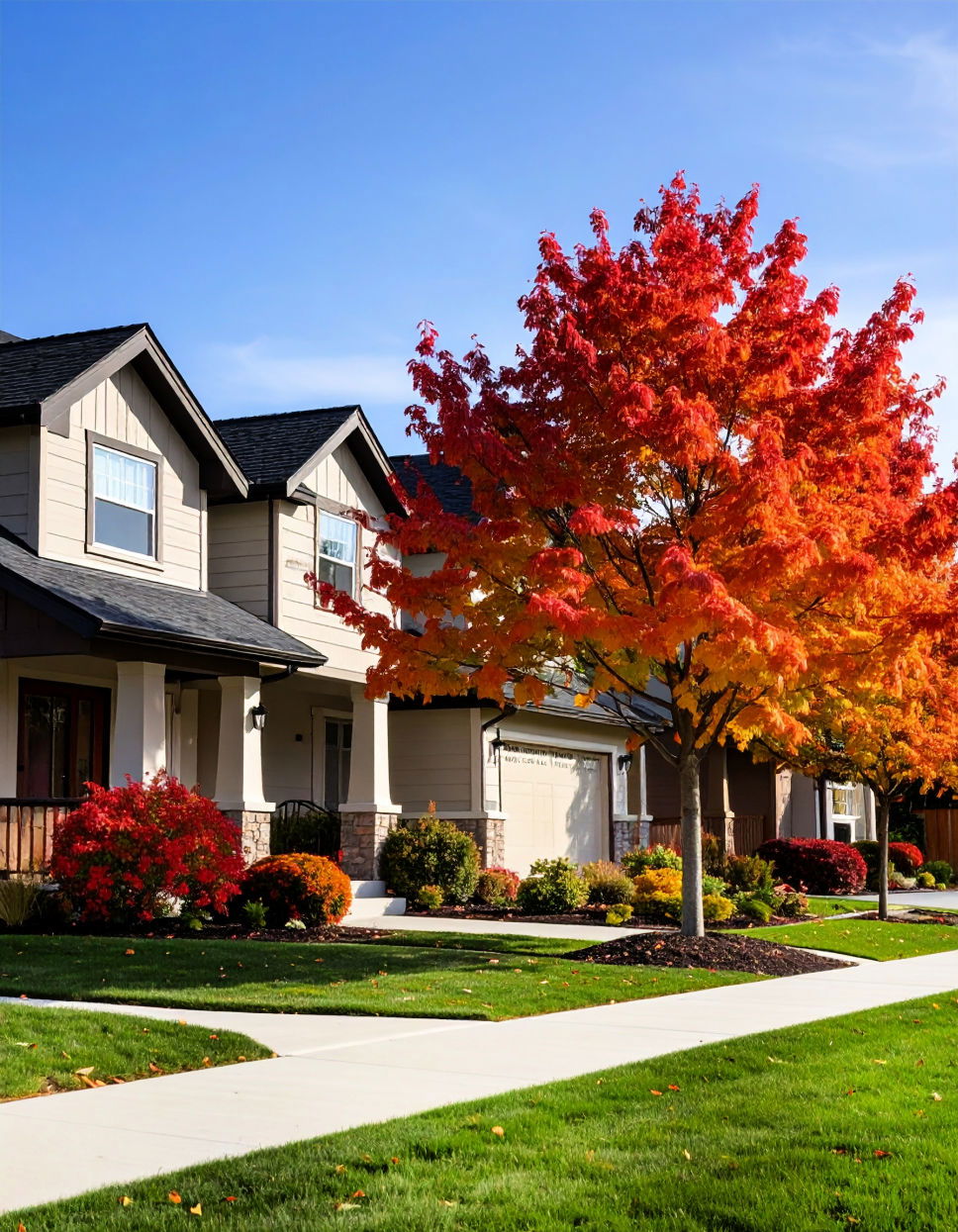
For a landscape that offers interest throughout the year, multi-season trees are a must. Trees such as the red maple or the serviceberry change their appearance as the seasons shift, with colorful blooms in spring, lush green foliage in summer, brilliant fall colors, and even interesting bark in winter. These trees offer year-round visual appeal, ensuring that your yard looks stunning no matter the season.
21. Trees for Garden Borders
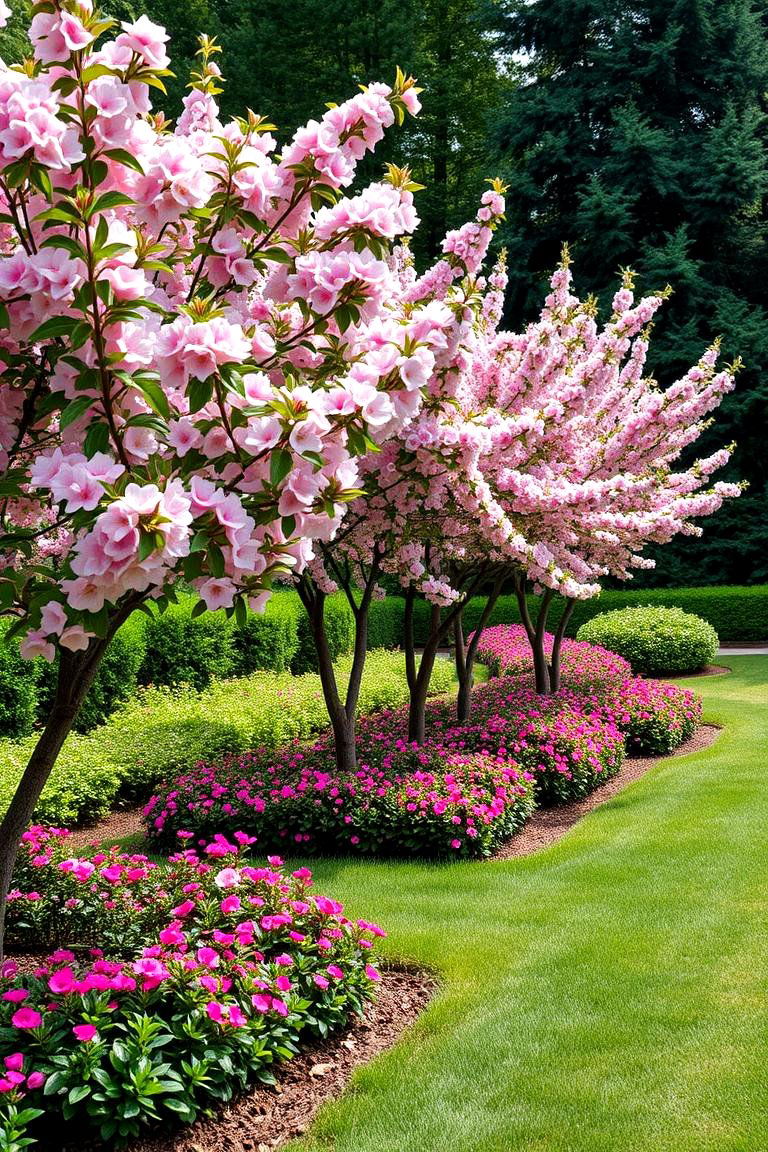
Using trees as part of your garden’s borders can provide structure and define your landscape. Small to medium trees, such as crabapples or redbuds, are perfect for framing your garden beds, while larger trees like oak or beech can serve as backdrop features. These trees help create visual separation between different sections of your garden and add texture and depth to the landscape.
22. Trees for Edible Landscaping

Edible landscaping is a sustainable and practical approach that combines beauty with function. Trees like apple, peach, and pear can be incorporated into your landscape to provide both visual interest and fresh, homegrown produce. Planting these trees alongside ornamental plants ensures that your landscape offers both beauty and utility, creating an edible garden that’s as gorgeous as it is functional.
23. Trees for Windbreaks
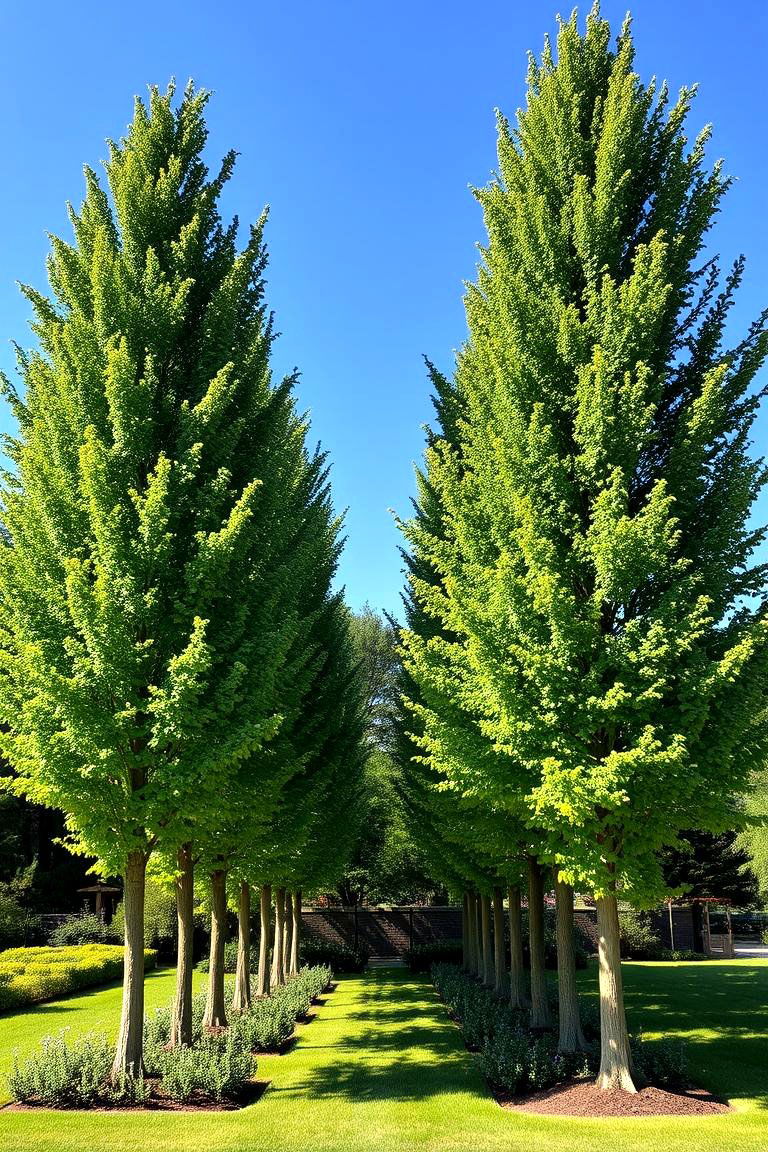
Windbreak trees can be especially useful in areas prone to strong winds, providing shelter for gardens, homes, and outdoor spaces. Fast-growing trees like poplars, spruces, and pines form effective wind barriers, reducing wind damage and offering protection to more vulnerable plants. By planting a row of windbreak trees, you can create a more comfortable outdoor environment and safeguard your other landscaping elements from harsh weather.
24. Trees for Rock Gardens
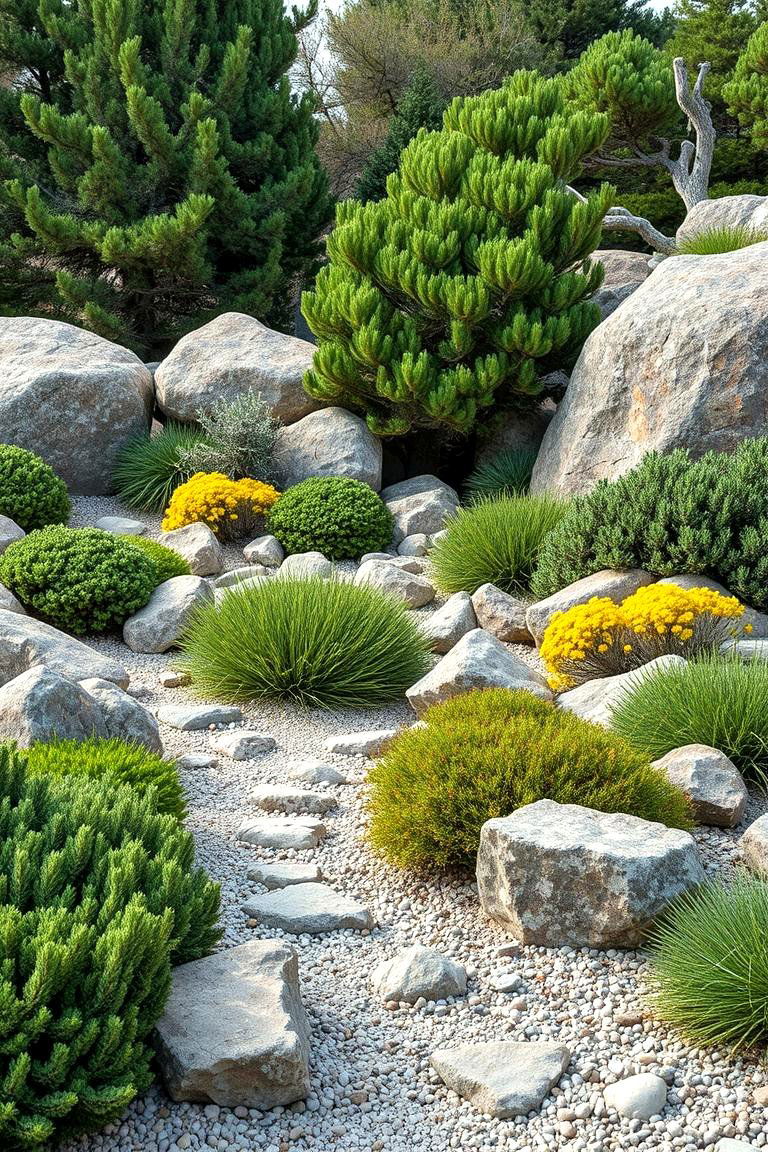
Rock gardens benefit from trees that add vertical height and contrast against the rocky landscape. Trees like junipers, pines, and cedars work well in these settings, as they can thrive in poor soil and harsh conditions. These trees create a dramatic effect when juxtaposed with boulders, pebbles, and other hardscape elements. Their evergreen nature also ensures year-round visual interest in your rock garden.
25. Trees for Front Yards
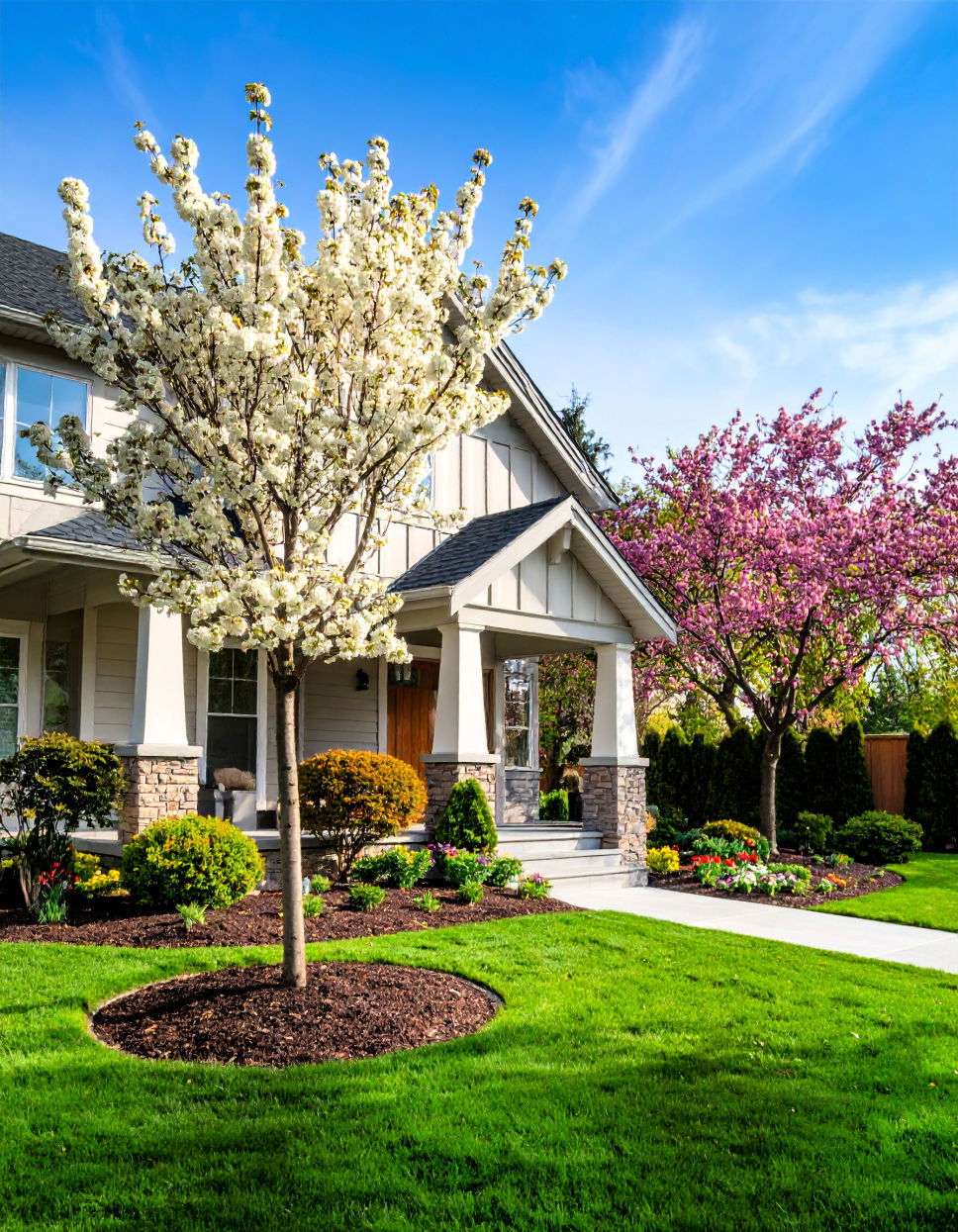
Front yards often serve as the first impression of your home, so selecting the right tree can greatly enhance your curb appeal. Planting stately trees like magnolias, birches, or flowering cherries can create a welcoming atmosphere for visitors. These trees offer a mixture of beauty, shade, and structure, framing your home and elevating the overall appearance of your front yard.
Conclusion:
Incorporating trees into your landscaping can do more than just beautify your yard—it can provide practical benefits like shade, privacy, and wildlife support. Whether you’re working with a small urban space or a sprawling backyard, there are tree landscaping ideas to fit any style, size, or need. By choosing the right trees for your environment, you’ll not only enhance the aesthetic appeal of your space but also contribute to the health of the planet and the enjoyment of those who spend time in your outdoor haven. Take your landscaping to the next level with these 25 tree landscaping ideas and watch your outdoor space flourish.


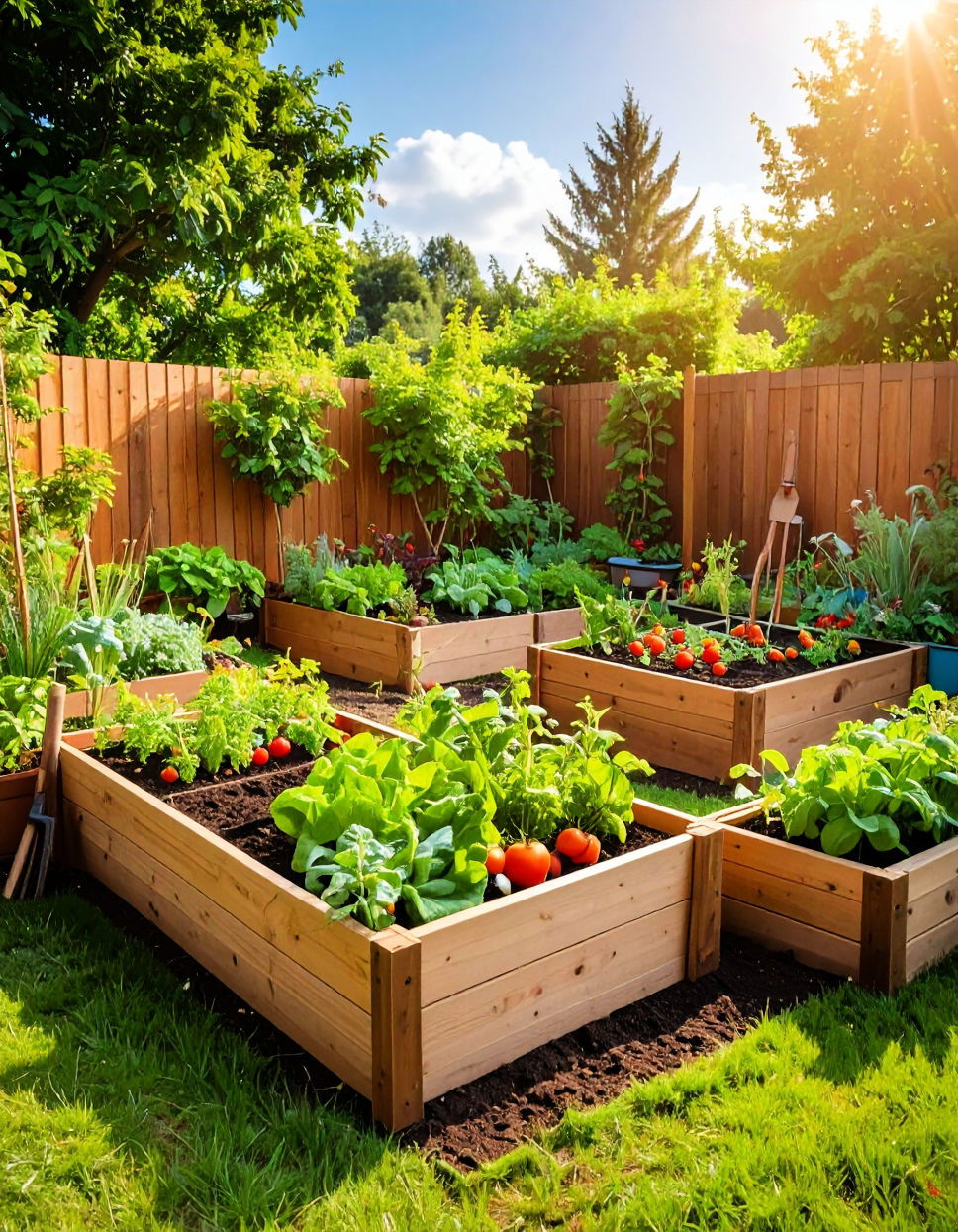
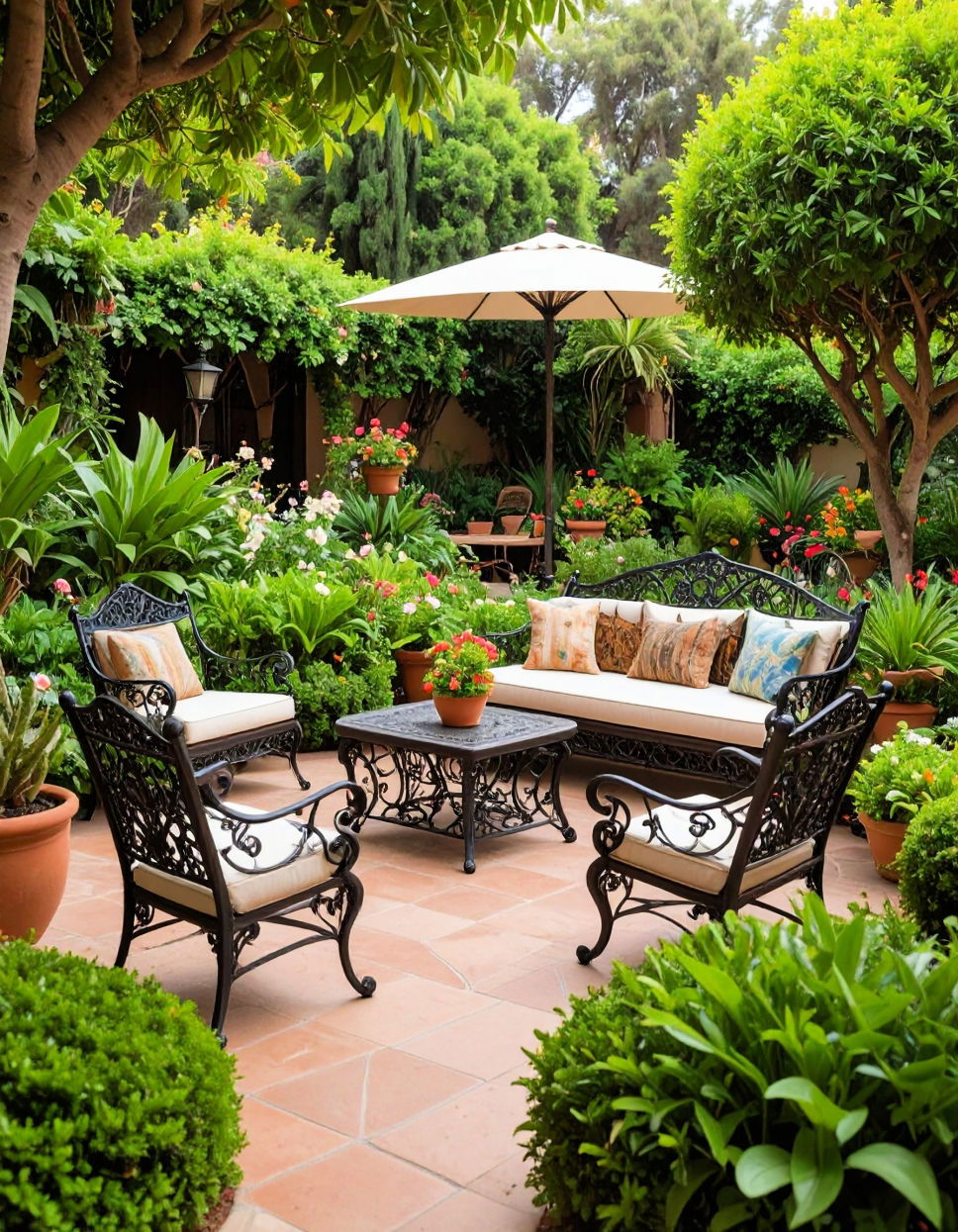
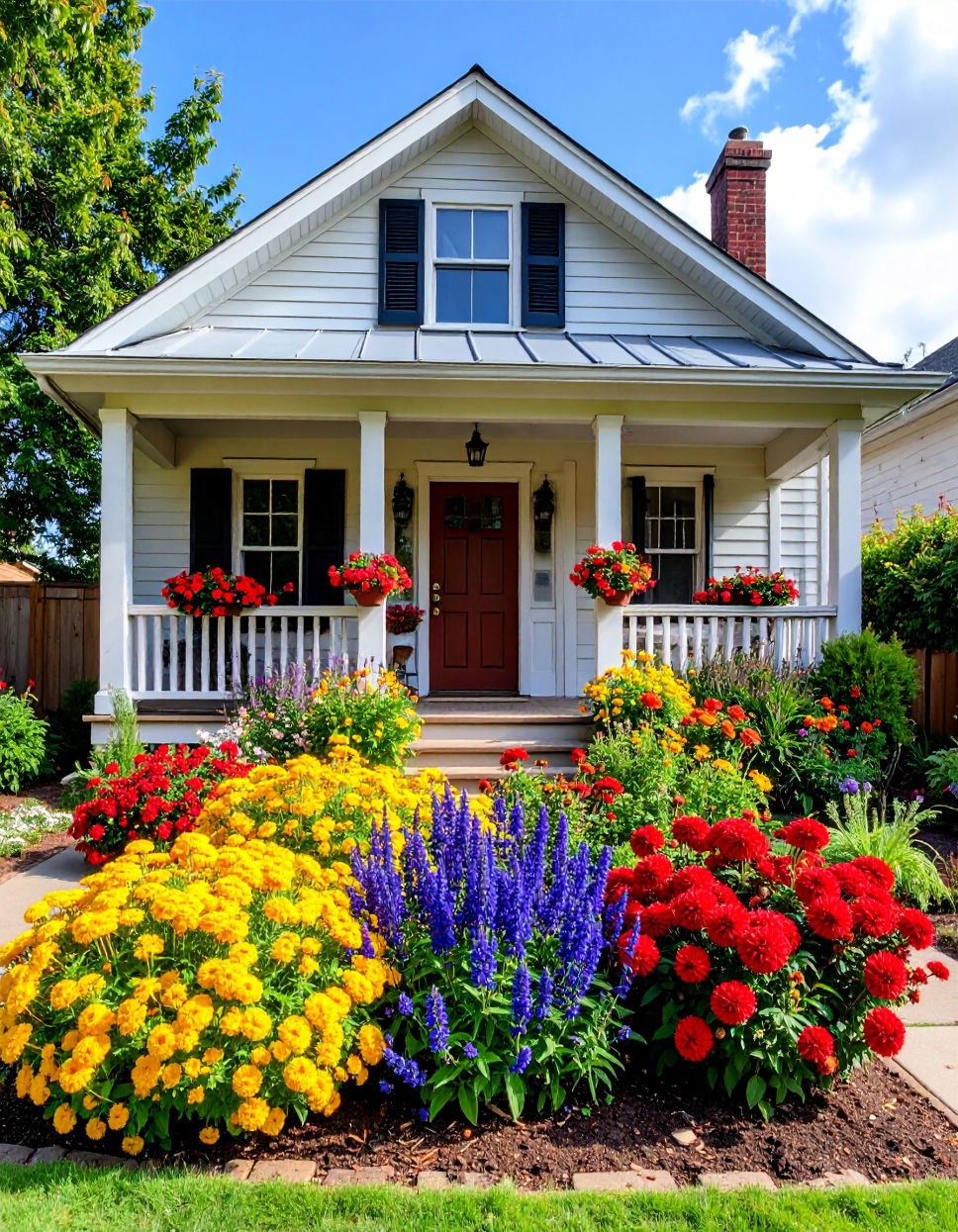
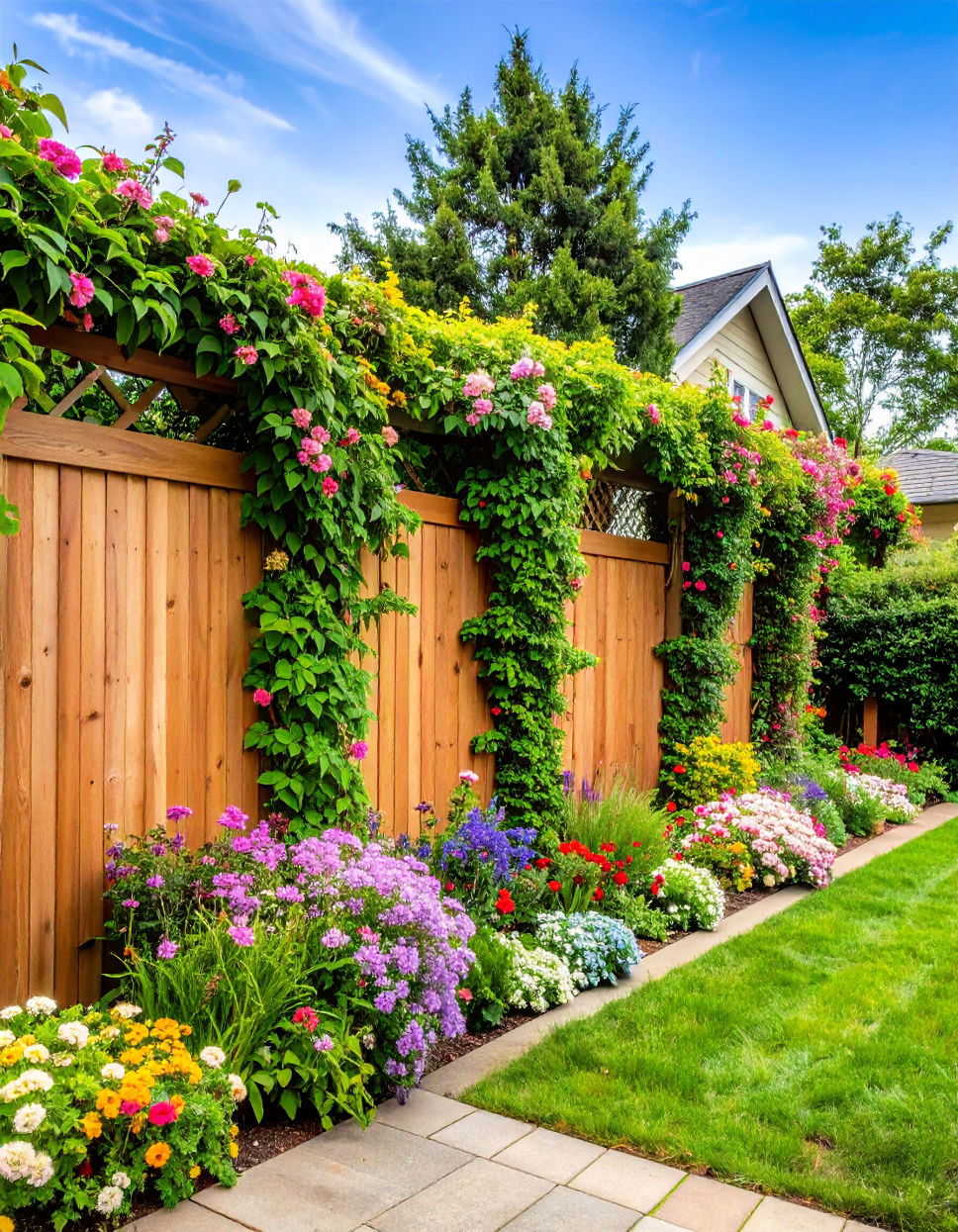
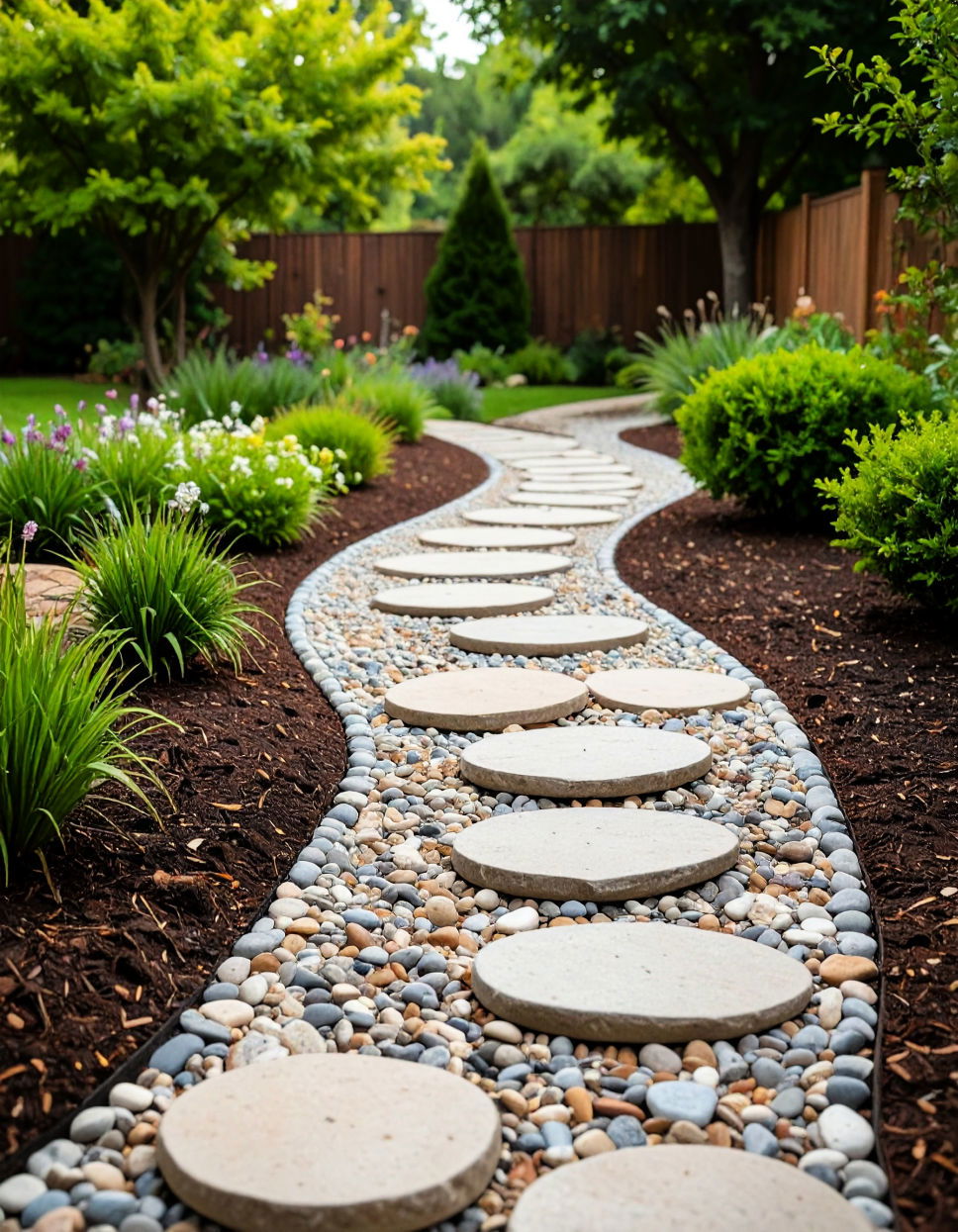
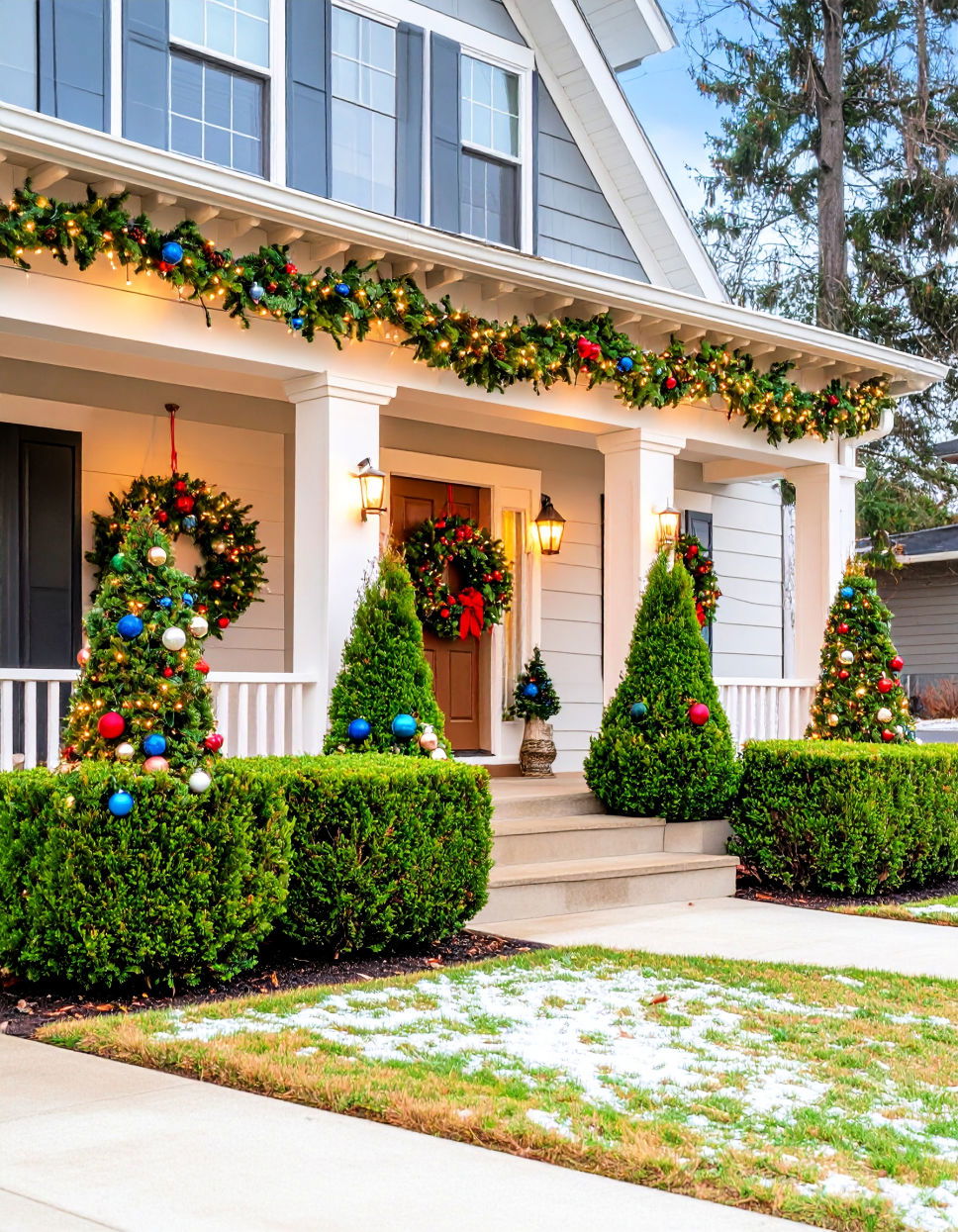
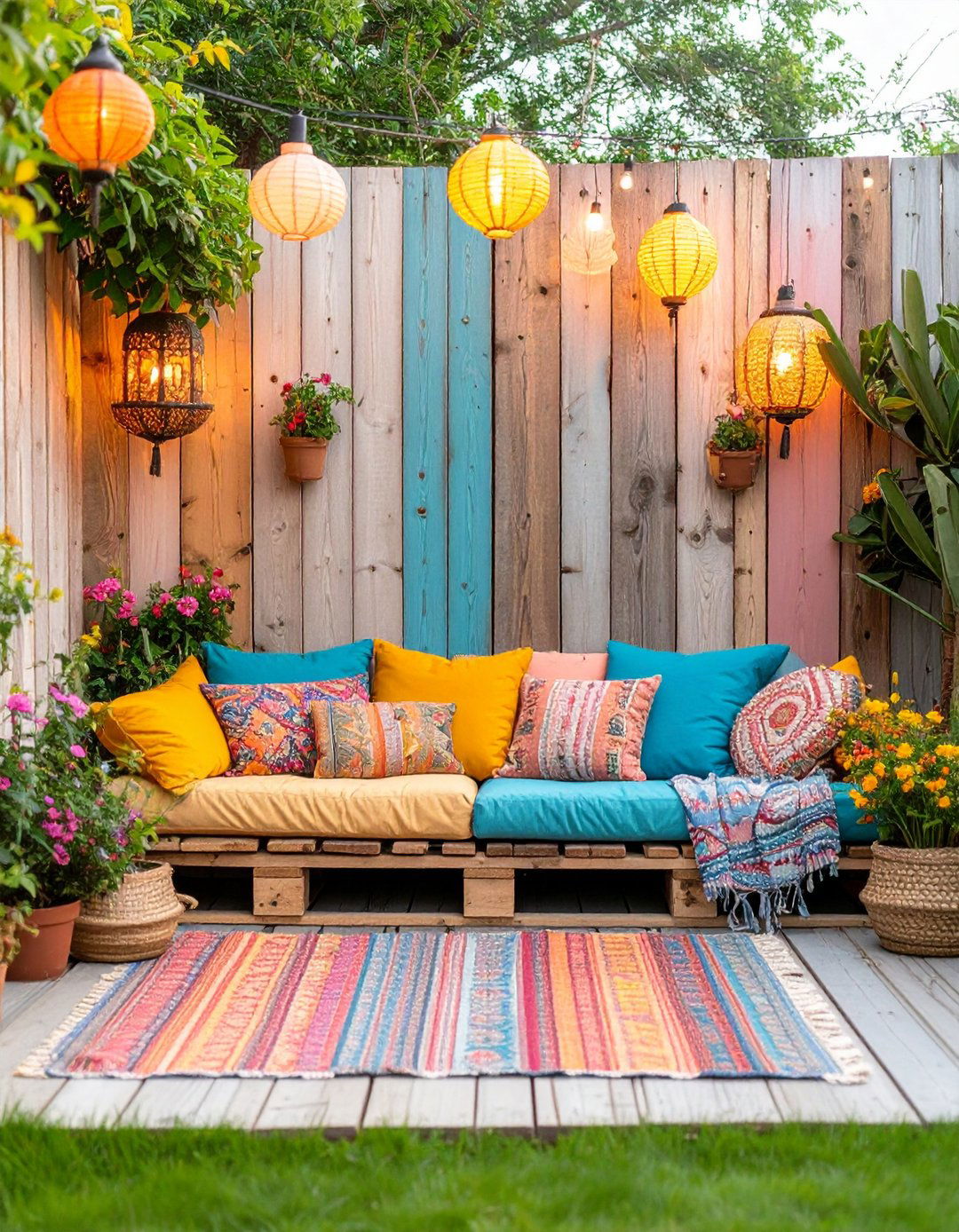
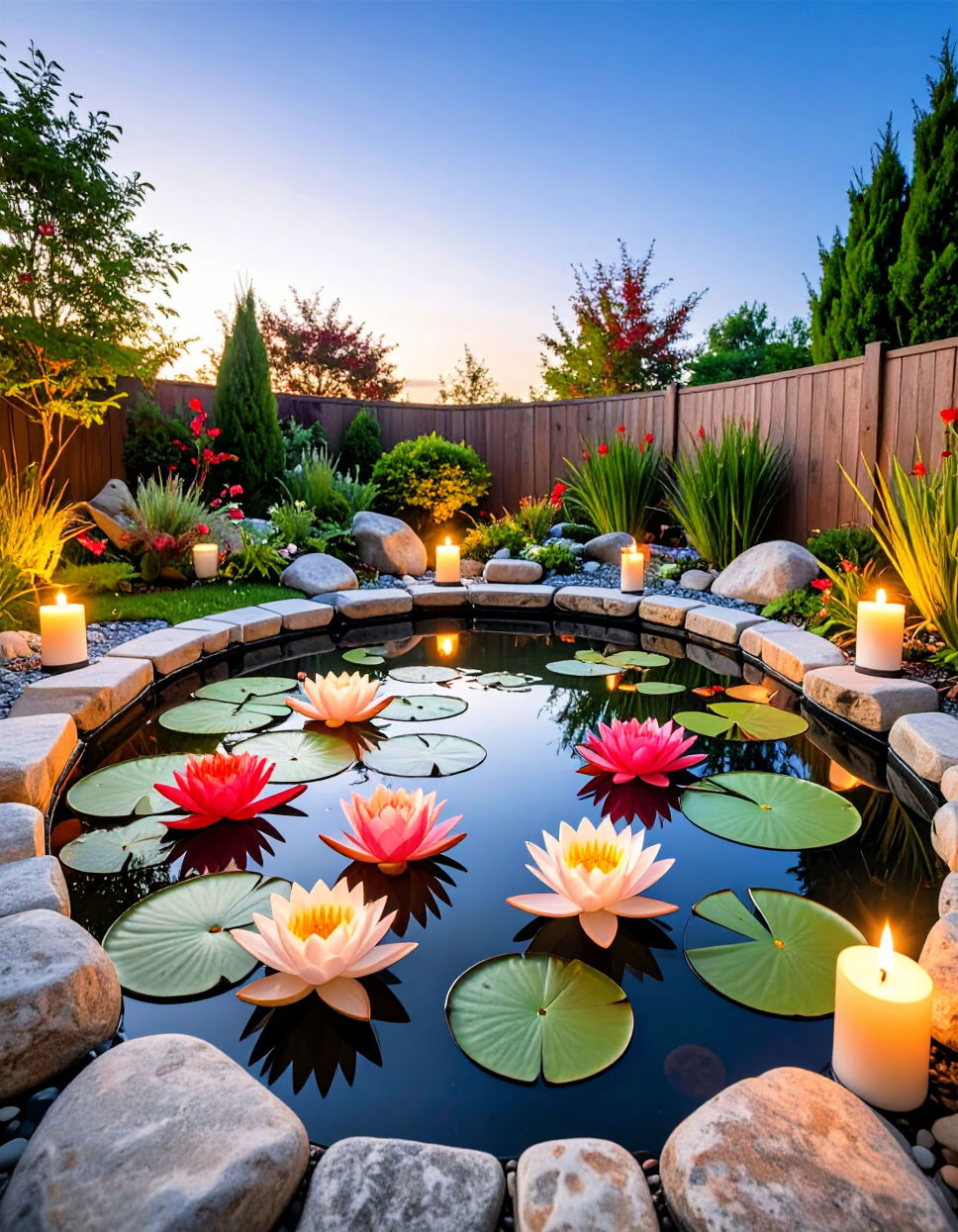
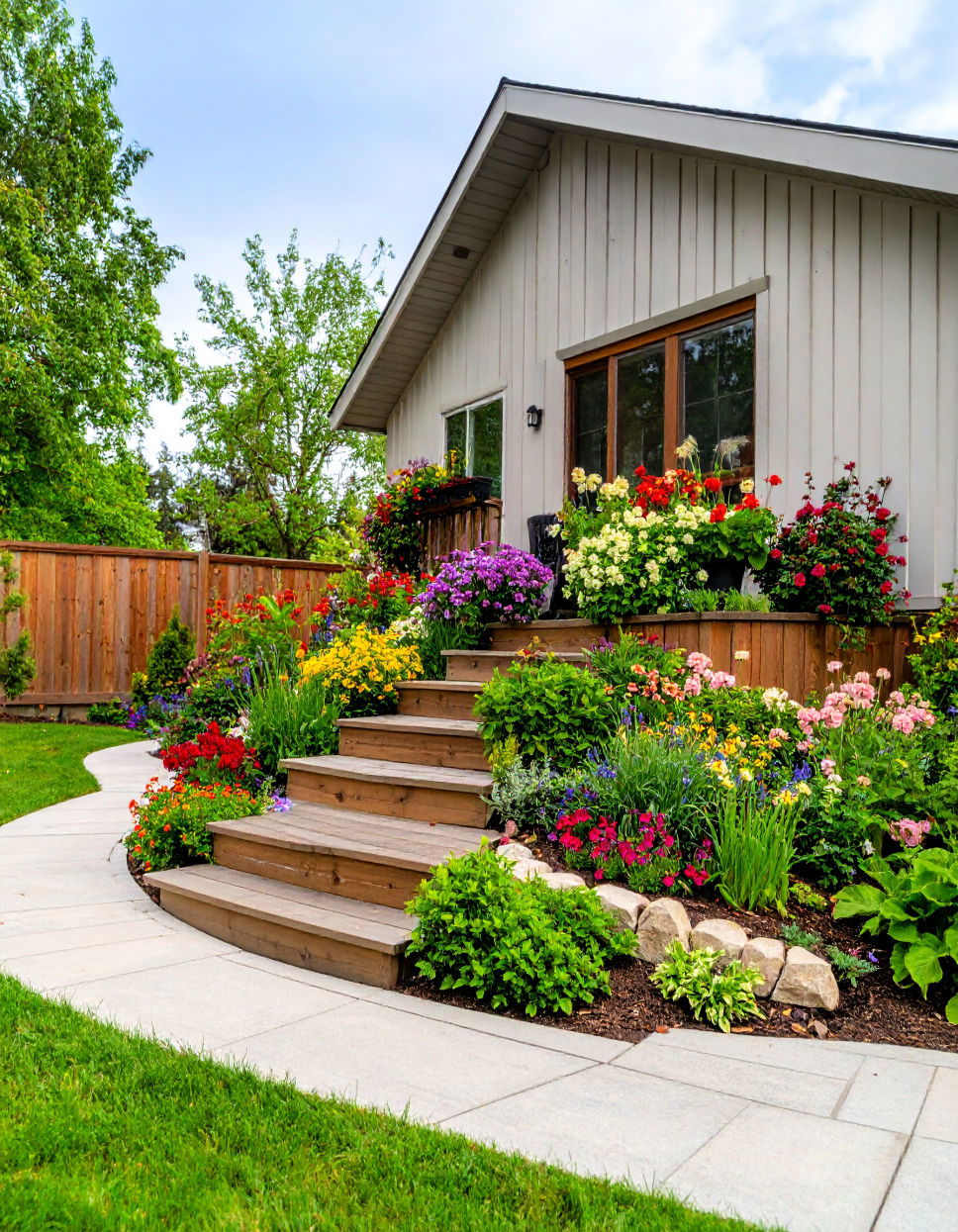
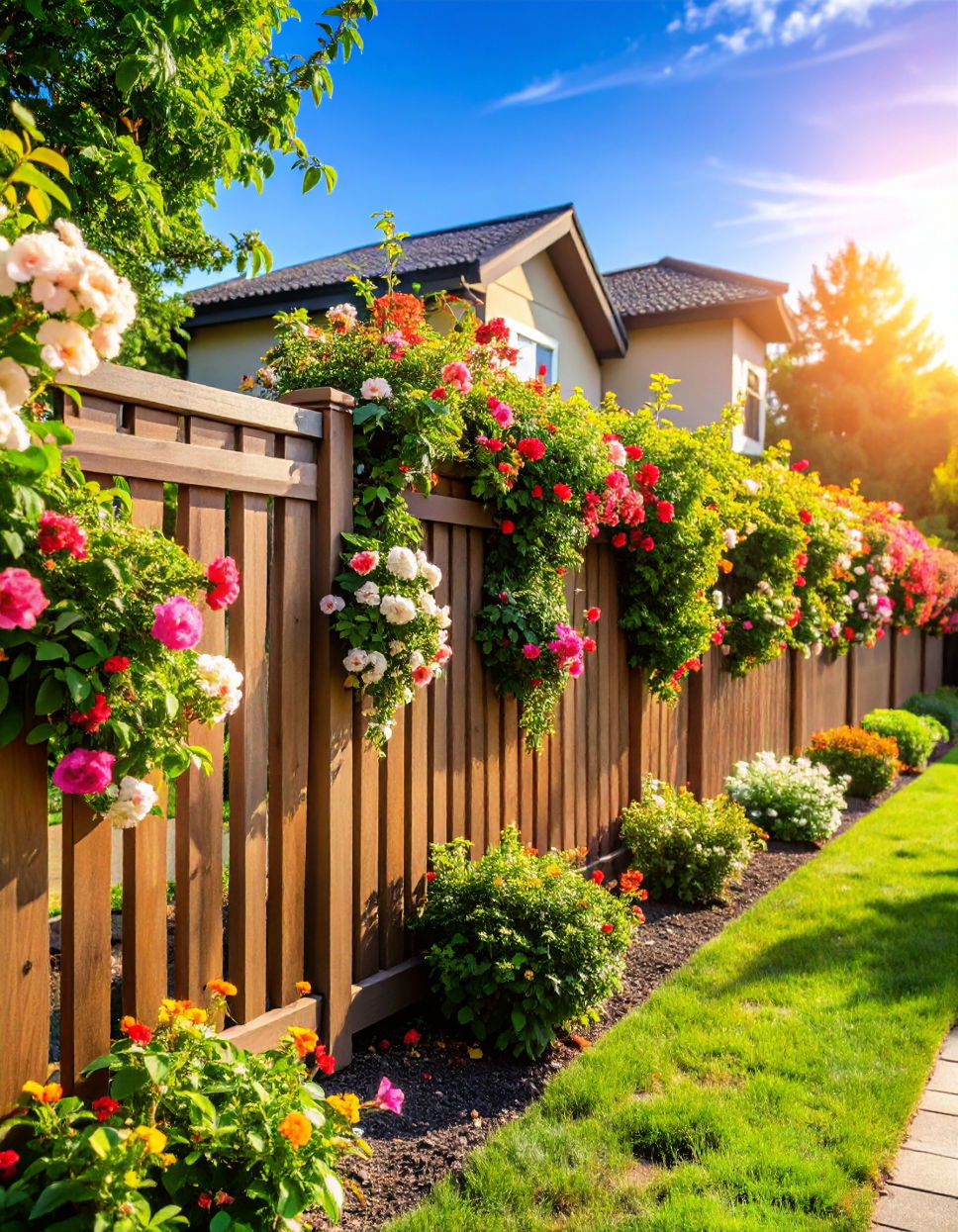
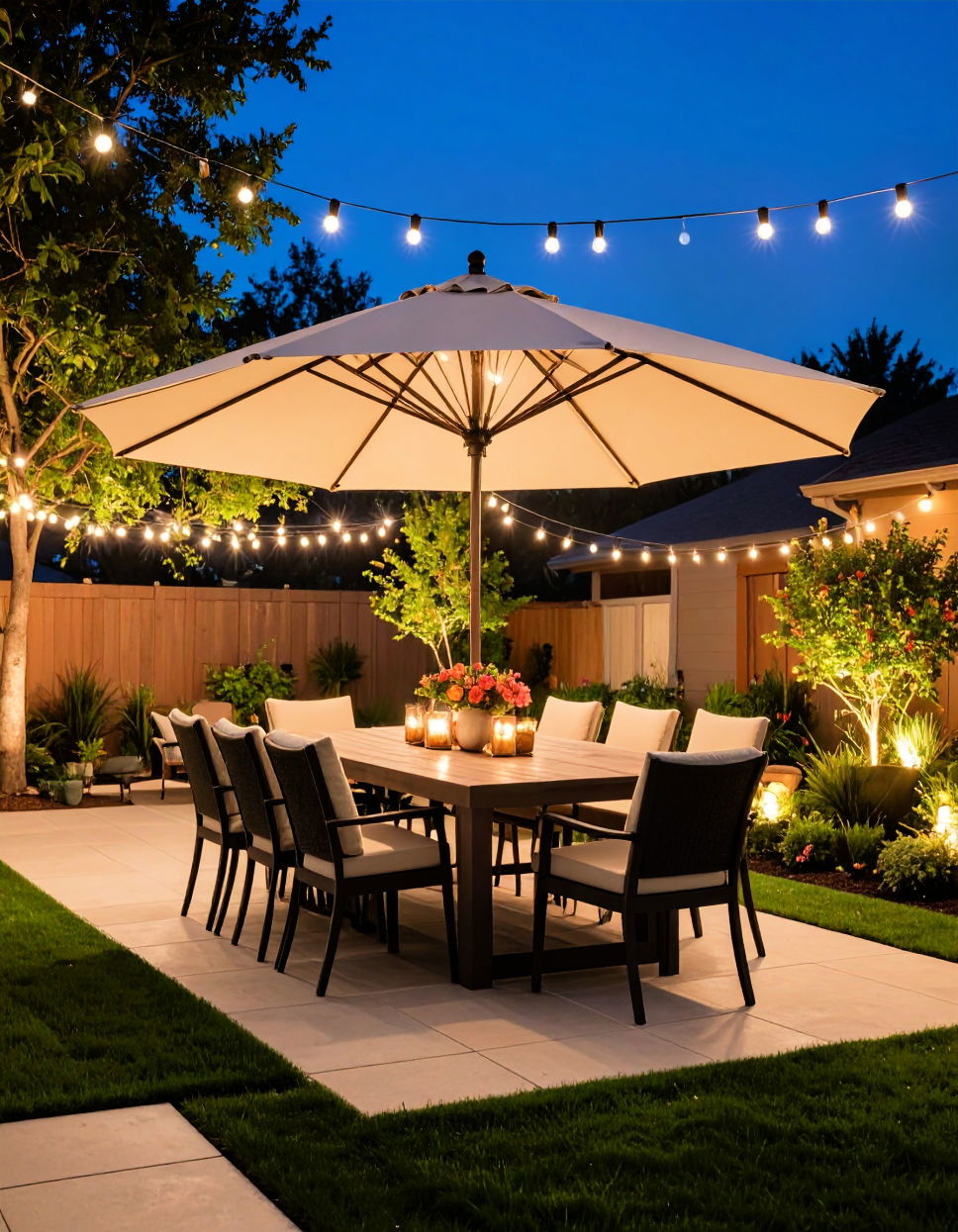
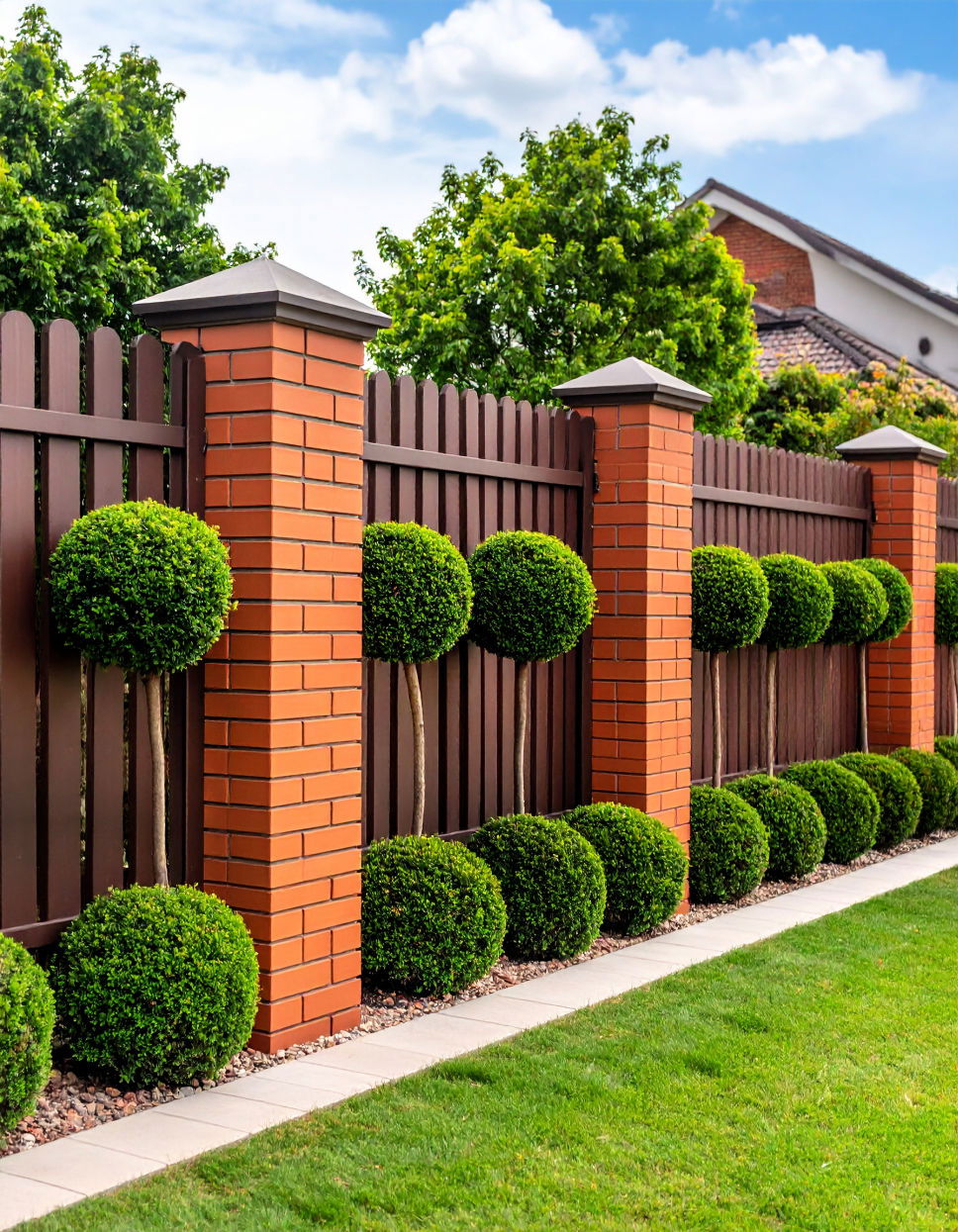
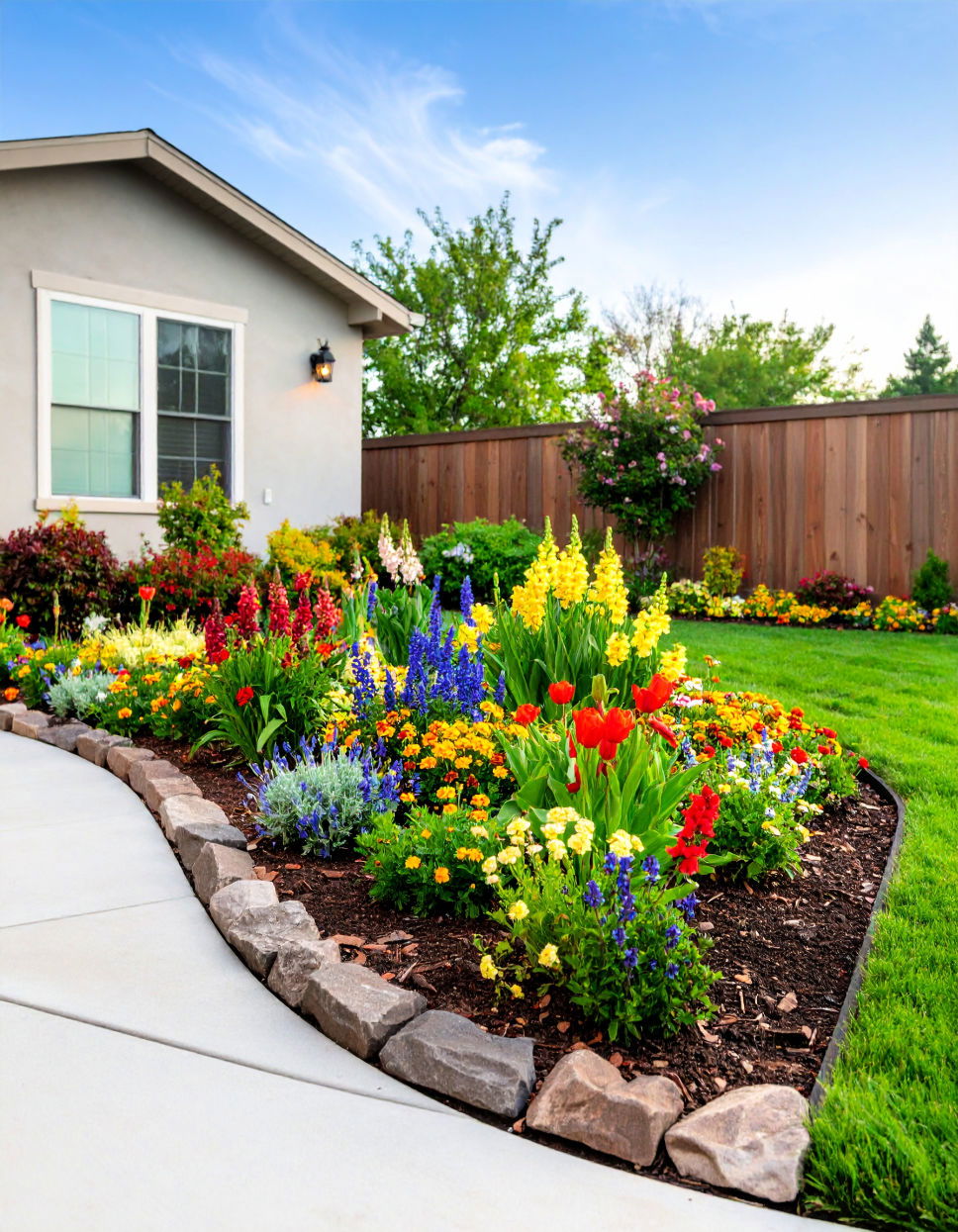
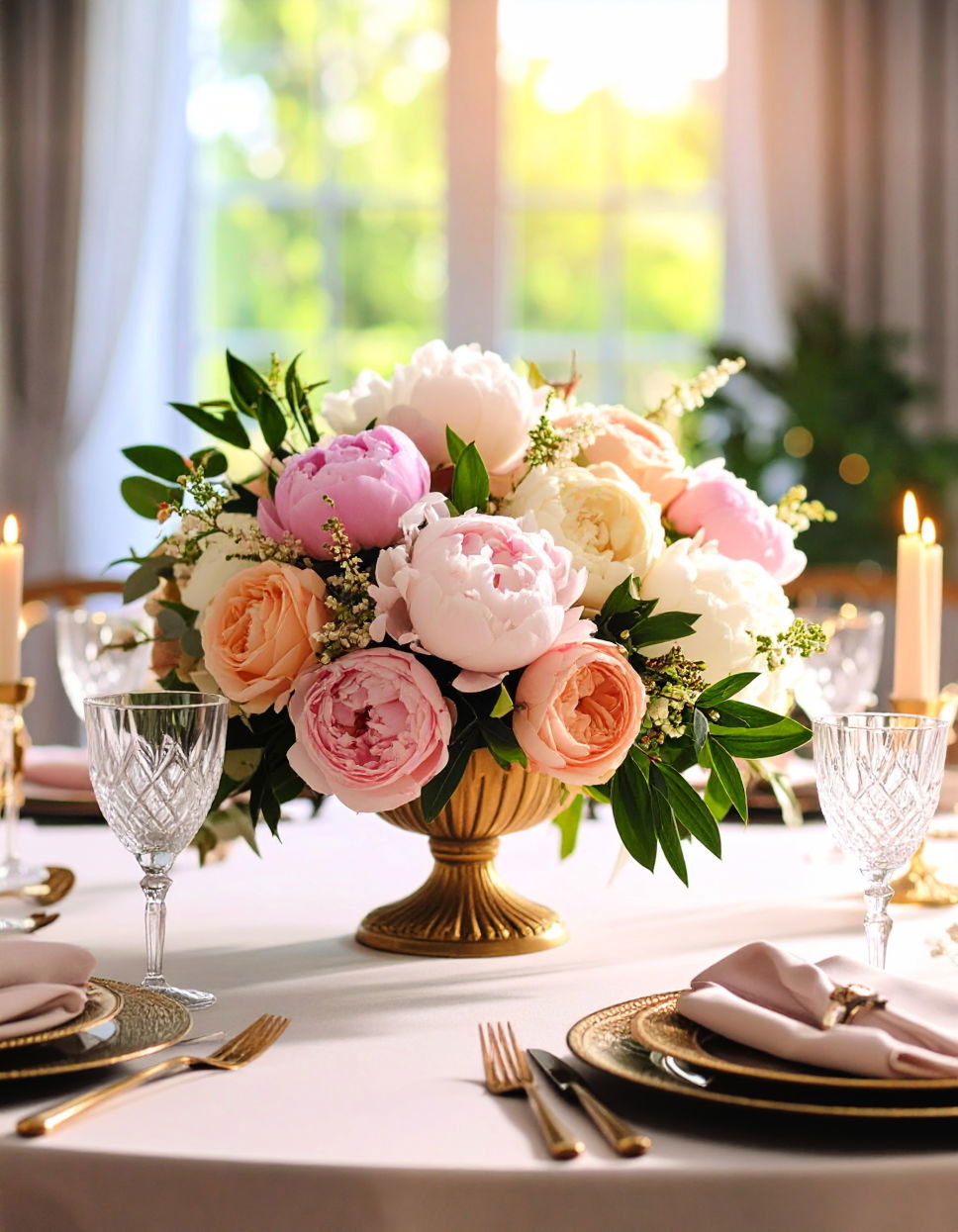
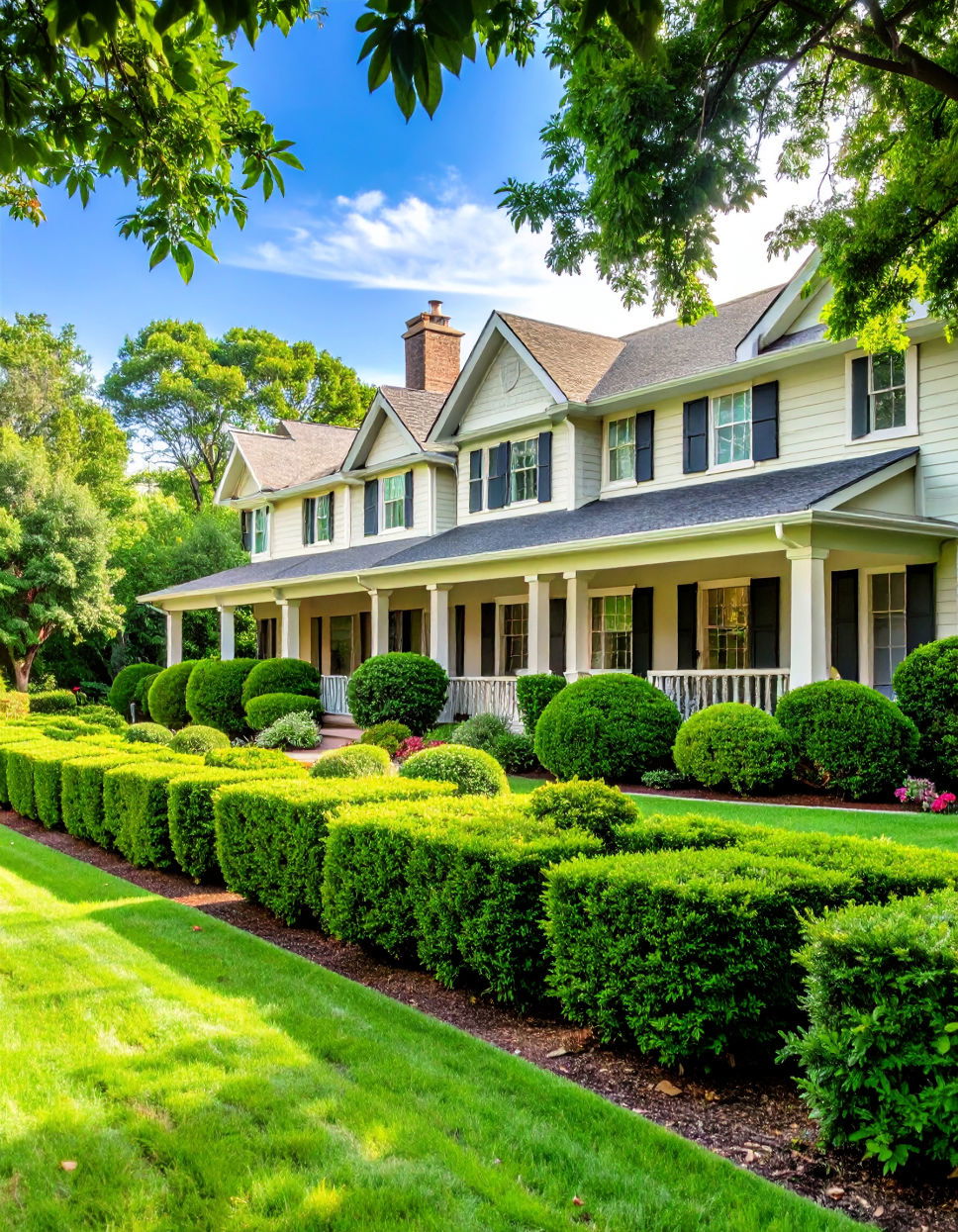
Leave a Reply